Creating a minimalist home doesn't mean sacrificing style or comfort. Today's minimalist decorating approach emphasizes warmth, functionality, and intentional design choices that promote tranquility and well-being. Modern minimalism has evolved beyond stark white spaces to embrace natural materials, subtle textures, and thoughtful color palettes that create inviting environments. The key lies in selecting pieces that serve multiple purposes while maintaining clean lines and uncluttered surfaces. This approach not only enhances visual appeal but also reduces stress and promotes better focus in daily life.
1. Minimalist Warm Living Room Design
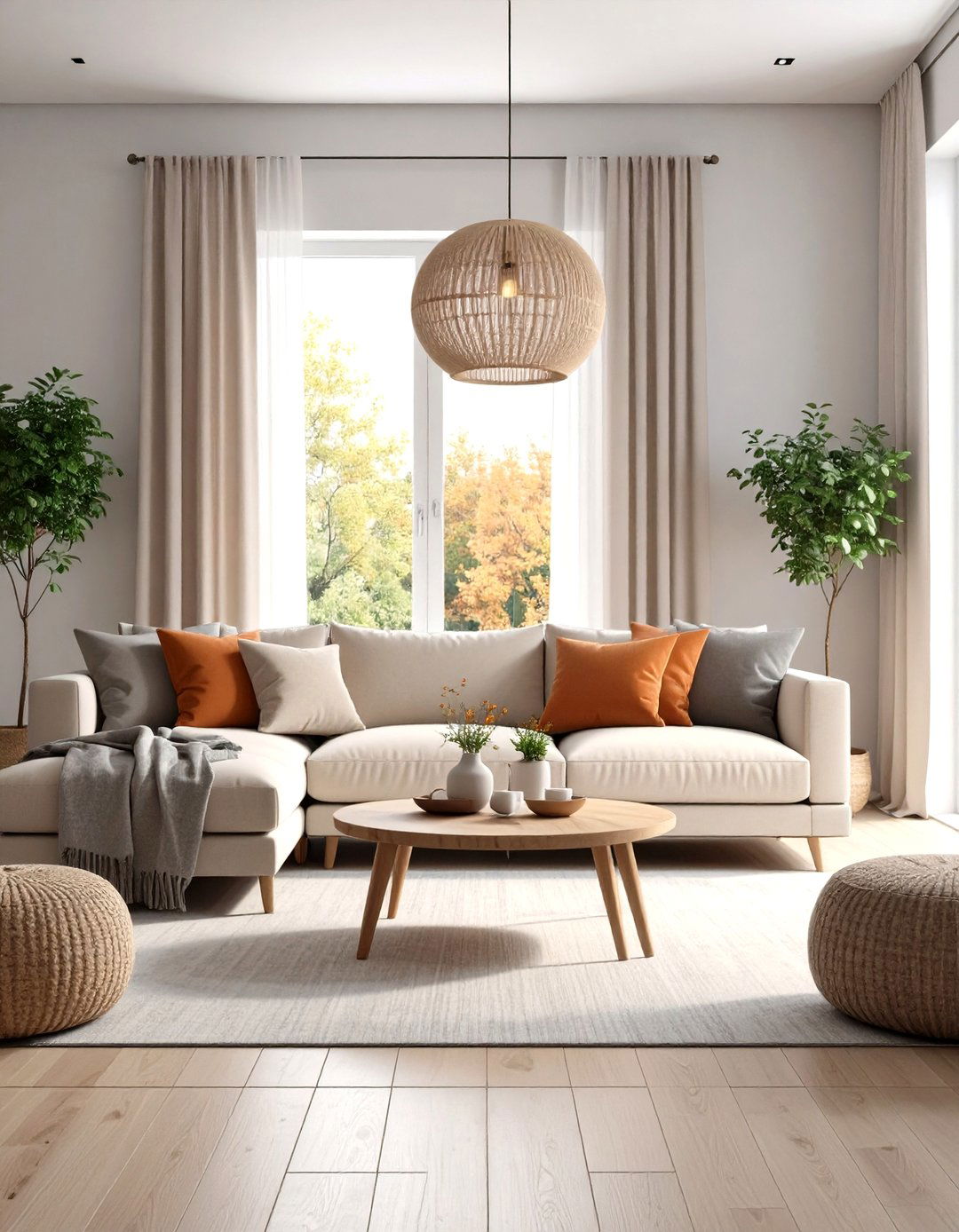
Transform your living space with a warm minimalist approach that combines comfort with simplicity. This design philosophy emphasizes creamy beiges, terracotta accents, and organic materials like raw wood and stone to create functional yet soulful spaces. The key is selecting a neutral color palette dominated by warm whites, soft grays, and earthy browns that reflect natural light beautifully. Choose a low-profile sectional sofa in natural linen or cotton, paired with a simple wooden coffee table and minimal side tables. Add warmth through textured throw pillows, wool rugs, and carefully selected artwork. This approach creates a living room that feels both sophisticated and inviting, offering comfort without visual clutter while maintaining the clean aesthetic that defines modern minimalism.
2. Minimalist Japandi Bedroom Sanctuary
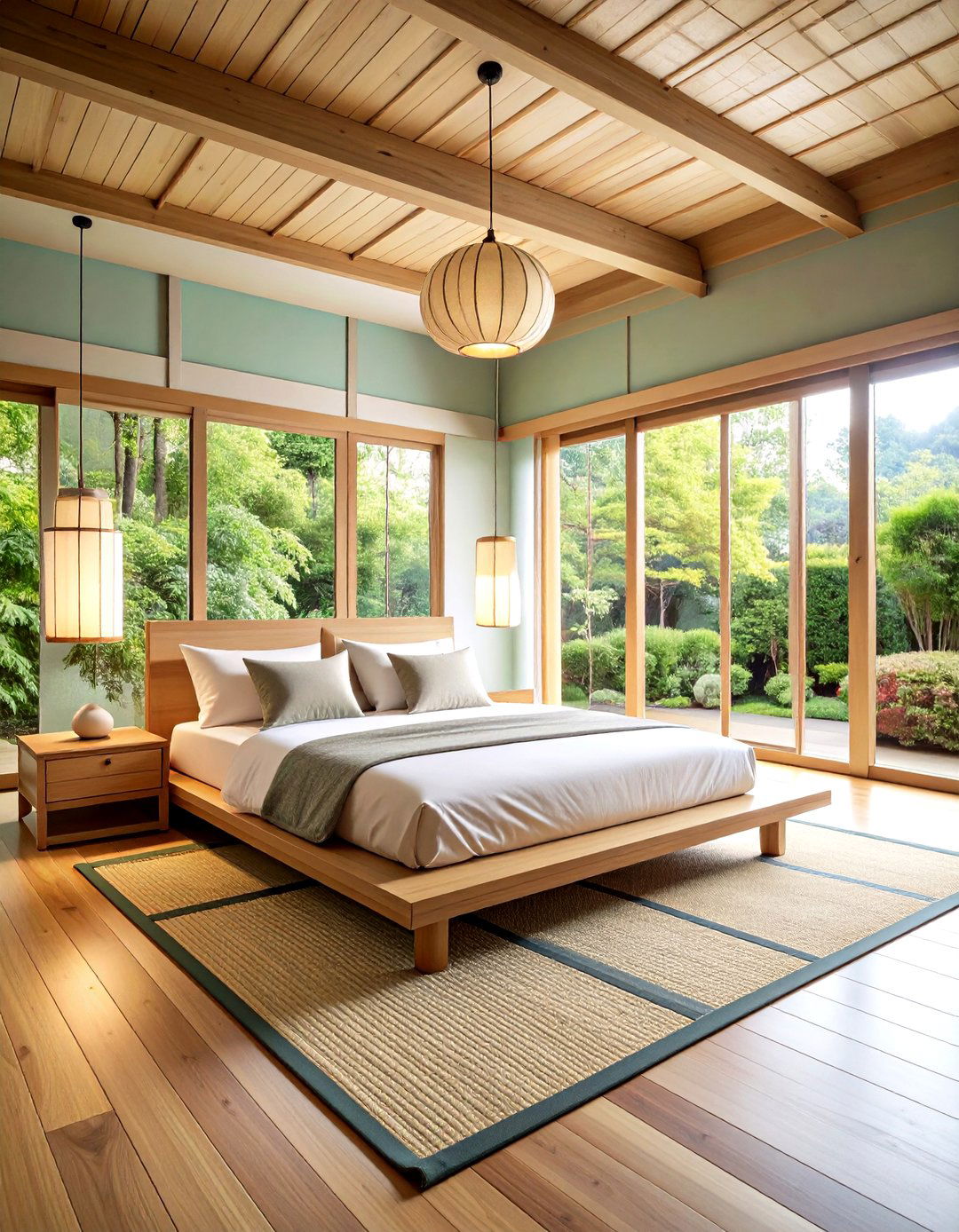
Create a serene bedroom retreat by blending Japanese and Scandinavian design principles in a Japandi-style space. This minimalist approach combines the warmth of Scandinavian design with the elegant functionality of Japanese aesthetics, resulting in bedrooms that promote rest and mindfulness. Focus on natural materials like bamboo, reclaimed wood, and linen bedding in muted tones. Choose a low-profile platform bed without an ornate headboard, complemented by simple nightstands with clean lines. Keep window treatments minimal with light-filtering curtains or bamboo blinds. The color palette should emphasize warm whites, soft grays, and natural wood tones. Add a single piece of wall art or a carefully placed plant to complete the look, creating a harmonious space that encourages relaxation and peaceful sleep.
3. Minimalist Concealed Kitchen Design
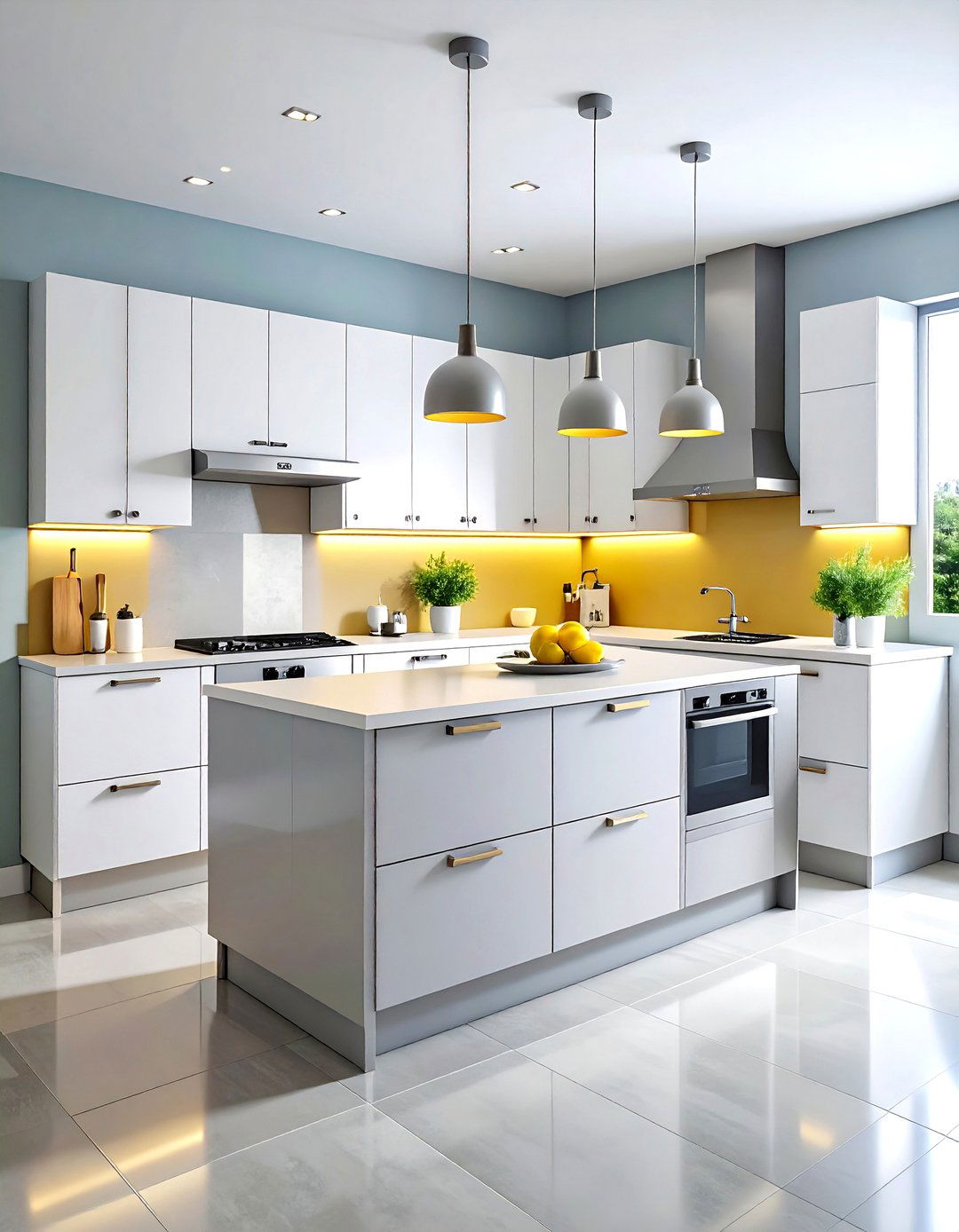
Embrace the concealed kitchen trend that transforms cooking spaces into sleek, minimalist environments through clever storage and integrated appliances. This approach incorporates built-in appliances, flush cabinetry, and appliance garages to keep everything neatly hidden while maintaining a clean aesthetic. Choose handle-free cabinets with push-to-open mechanisms and integrate dishwashers, refrigerators, and microwaves seamlessly into the cabinetry. Create appliance garages for small devices like coffee makers and toasters to maintain clutter-free countertops. The color scheme should focus on whites, light grays, or warm wood tones for a cohesive look. Add a simple backsplash in subway tiles or natural stone. This design approach creates a kitchen that feels more like a sophisticated living space while maintaining full functionality for meal preparation and entertaining.
4. Minimalist Floating Bathroom Vanity
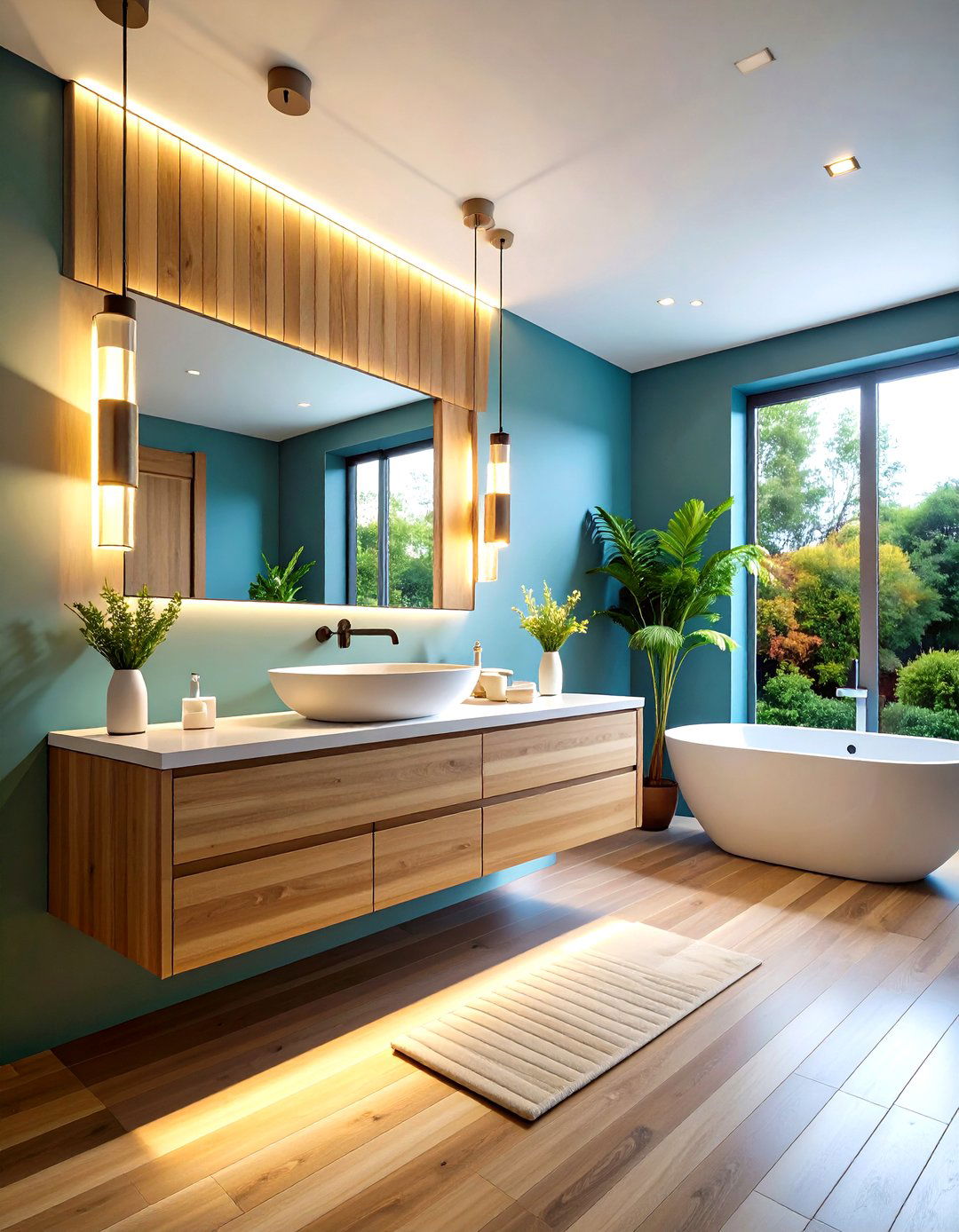
Modernize your bathroom with a floating vanity that creates the illusion of more space while maintaining minimalist elegance. Wall-mounted vanities free up floor space, making rooms appear larger and easier to clean. Choose a vanity with clean lines in white, natural wood, or matte black finishes to complement your bathroom's color scheme. Pair it with a vessel sink or integrated countertop sink for a seamless look. Add a large mirror above the vanity to enhance the sense of space and light. Keep hardware minimal with simple, contemporary faucets and accessories. Under-vanity lighting can create a floating effect while providing practical illumination. Storage should be concealed within drawers or cabinets to maintain the uncluttered aesthetic. This approach works particularly well in smaller bathrooms where maximizing space is essential.
5. Minimalist Multi-Functional Furniture Solutions
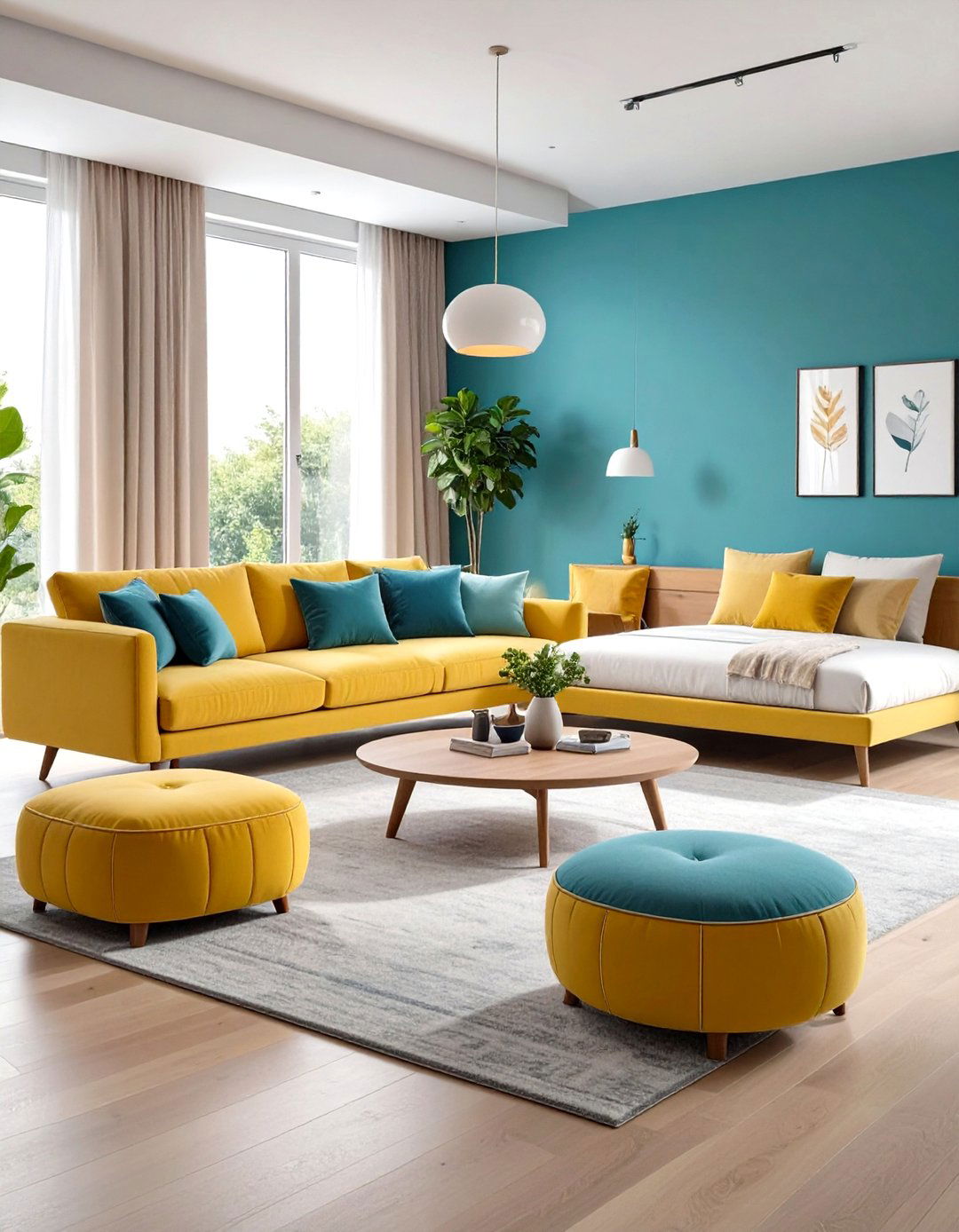
Maximize your living space with furniture pieces that serve multiple purposes while maintaining clean, minimalist aesthetics. This approach is particularly valuable in smaller homes or apartments where every piece must earn its place. Choose storage ottomans that provide seating and hidden storage for blankets or books. Select coffee tables with built-in drawers or shelving compartments. Consider dining tables that can extend or fold down when not in use. Invest in beds with integrated storage drawers or platform designs with built-in nightstands. Wall-mounted desks that fold down when needed save space in home offices. The key is selecting pieces with simple, geometric designs that don't overwhelm the space visually. Each piece should have clean lines and neutral colors to maintain the minimalist aesthetic while providing practical functionality for modern living.
6. Minimalist Sustainable Material Choices
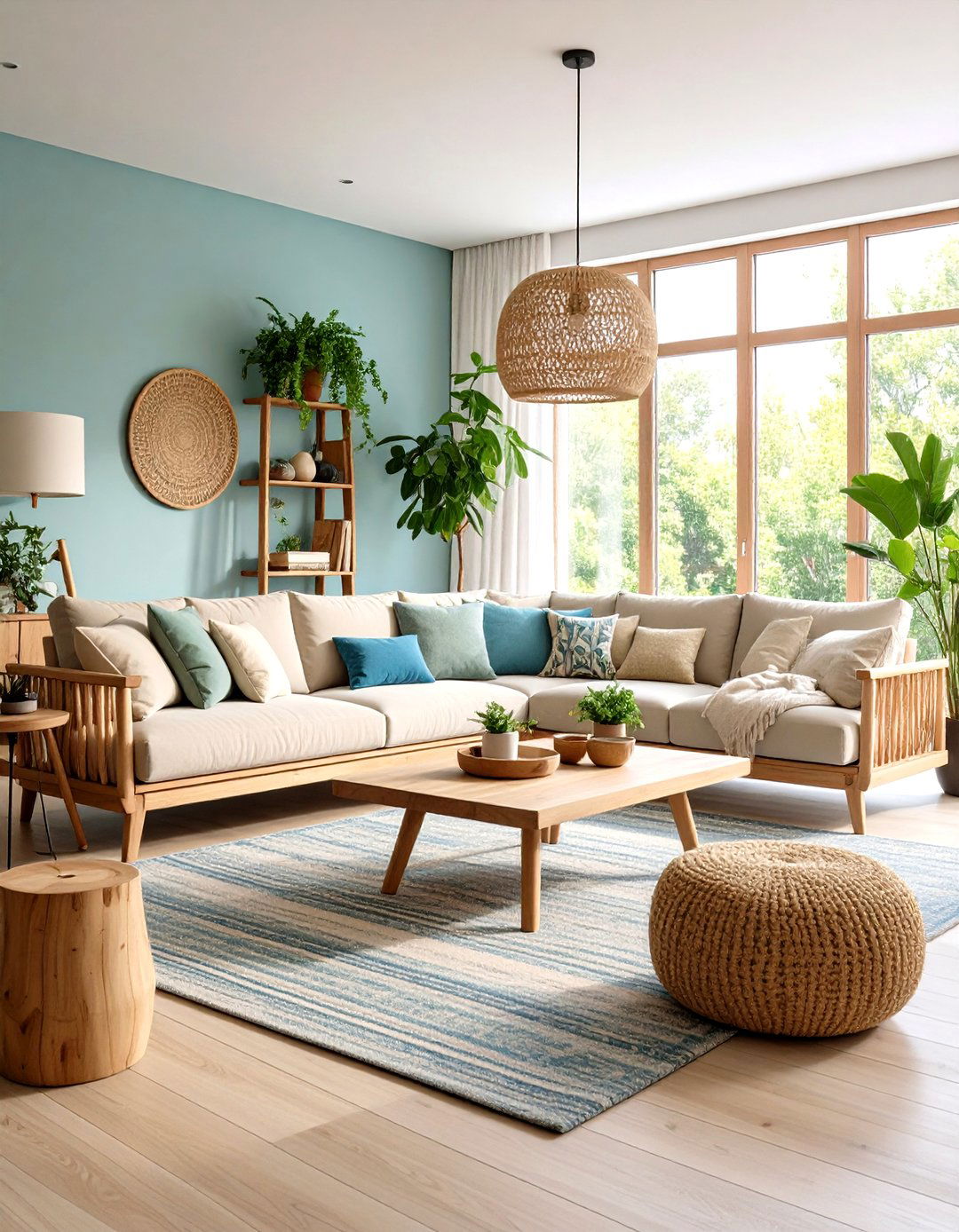
Create an environmentally conscious minimalist home by choosing sustainable materials that offer both beauty and responsibility. This approach emphasizes reclaimed wood, bamboo, recycled metals, and natural fibers that age beautifully while reducing environmental impact. Select furniture made from FSC-certified wood or recycled materials. Choose bamboo flooring or reclaimed hardwood for warmth and character. Incorporate natural stone, cork, or sustainable composite materials for countertops and surfaces. Opt for organic cotton, linen, or wool textiles for bedding and upholstery. The color palette should reflect these natural materials with earthy tones, warm whites, and muted grays. This approach creates spaces that feel grounded and connected to nature while supporting sustainable practices. The key is selecting pieces that will last for years, reducing the need for frequent replacement and supporting the minimalist philosophy of quality over quantity.
7. Minimalist Monochromatic Color Schemes
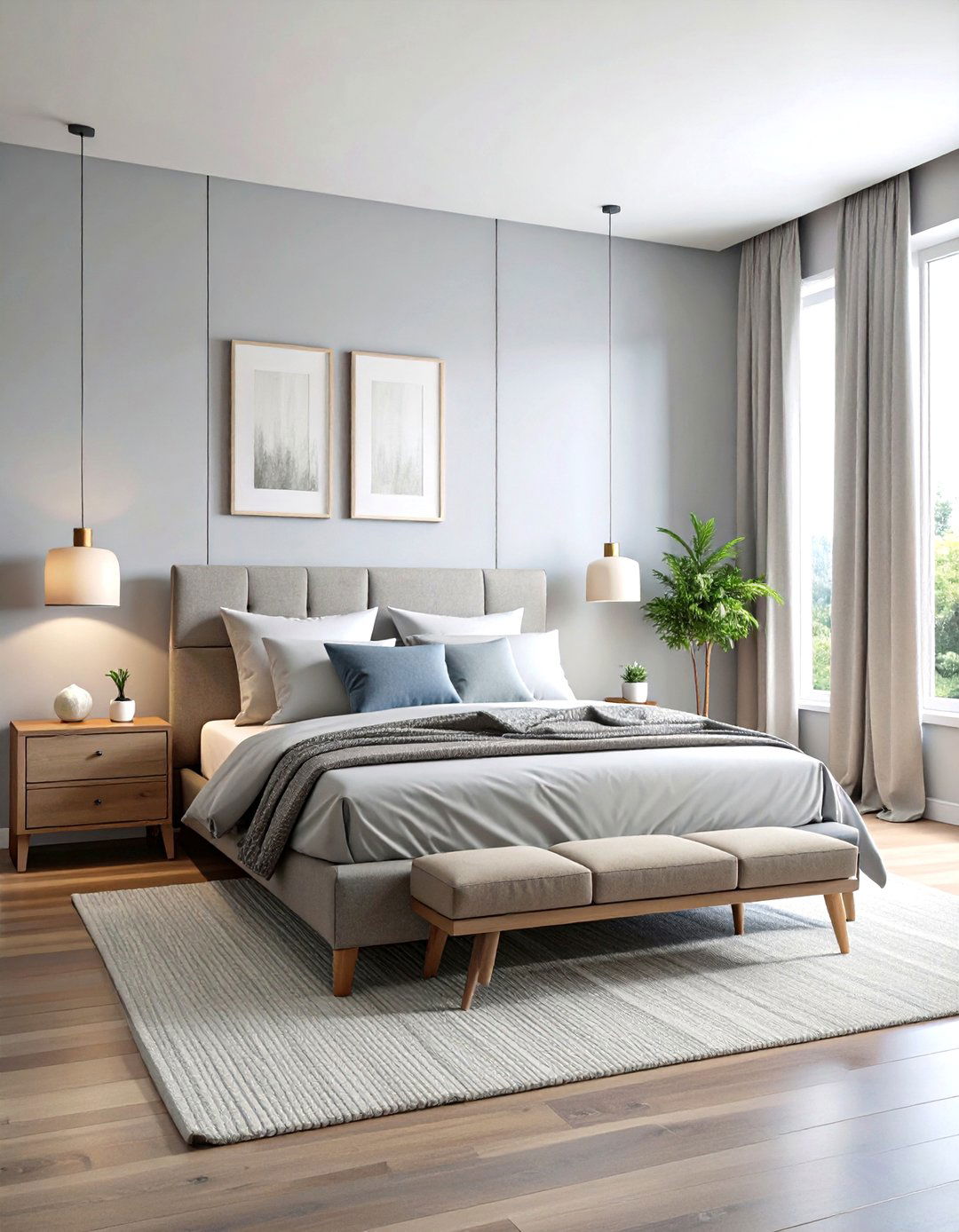
Achieve sophisticated minimalist design through carefully curated monochromatic color schemes that create visual harmony and depth. This approach uses varying shades, tints, and textures of a single color family to create interest without overwhelming the space. Choose a base color like soft gray, warm beige, or crisp white, then incorporate lighter and darker variations throughout the room. Add texture through materials like linen, wool, concrete, or natural wood to prevent the space from feeling flat. Layer different finishes such as matte, satin, and textured surfaces to create visual interest. Lighting plays a crucial role in highlighting these subtle variations. The result is a cohesive, calming environment that feels both sophisticated and serene. This approach works particularly well in bedrooms and living rooms where a peaceful atmosphere is desired.
8. Minimalist Statement Lighting Fixtures
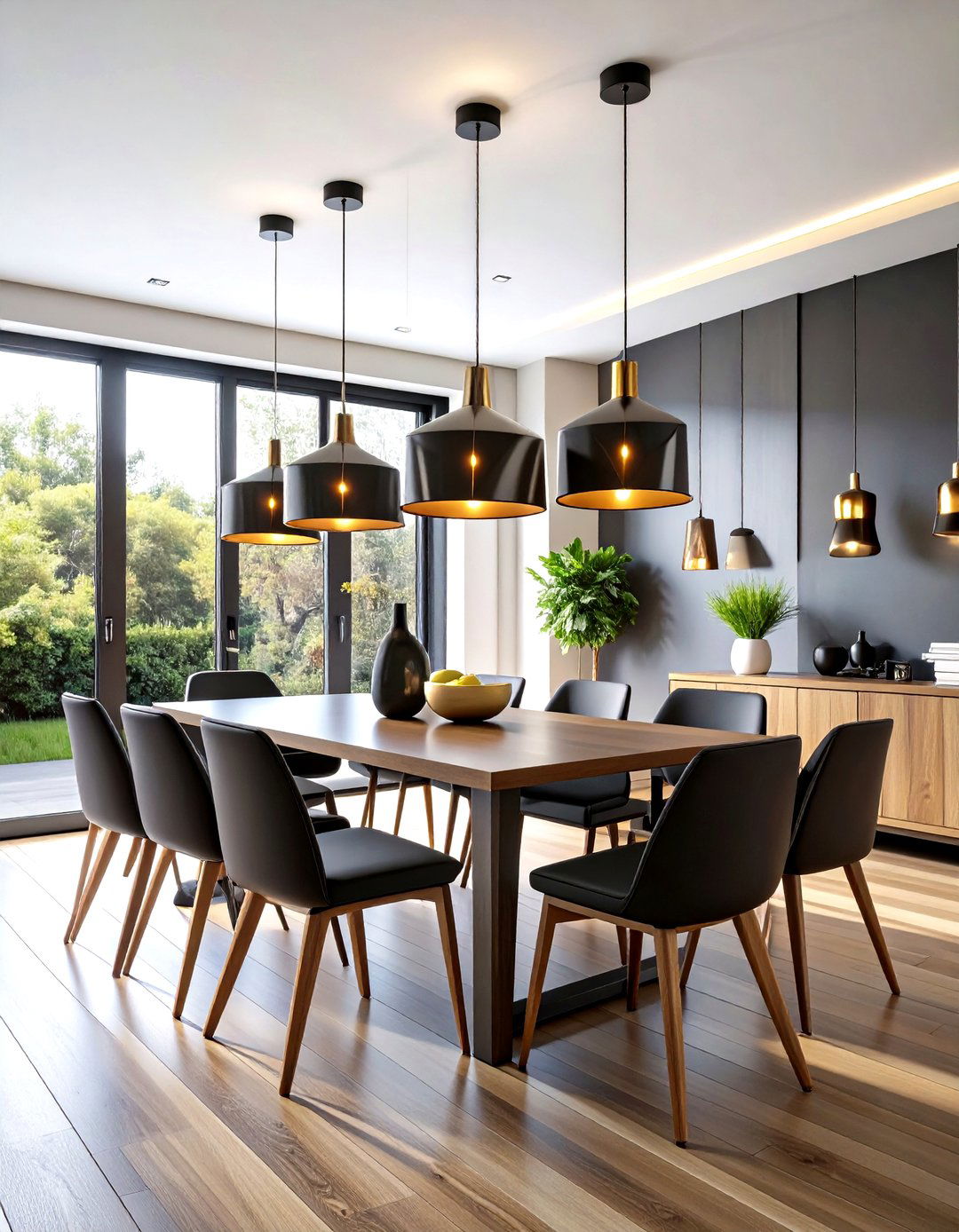
Transform your minimalist space with carefully selected lighting fixtures that serve as both functional elements and sculptural art pieces. This approach emphasizes the importance of lighting in creating ambiance while maintaining clean design principles. Choose geometric pendant lights with simple lines for dining areas or kitchen islands. Select floor lamps with sleek silhouettes that complement your furniture without competing for attention. Wall sconces with minimalist designs can provide ambient lighting while adding architectural interest. The key is selecting fixtures in materials like brushed metal, matte black, or natural wood that complement your overall design scheme. Consider the scale of each fixture to ensure it makes an appropriate statement without overwhelming the space. Layer different types of lighting to create depth and functionality, including task, ambient, and accent lighting that can be adjusted throughout the day.
9. Minimalist Built-In Storage Solutions
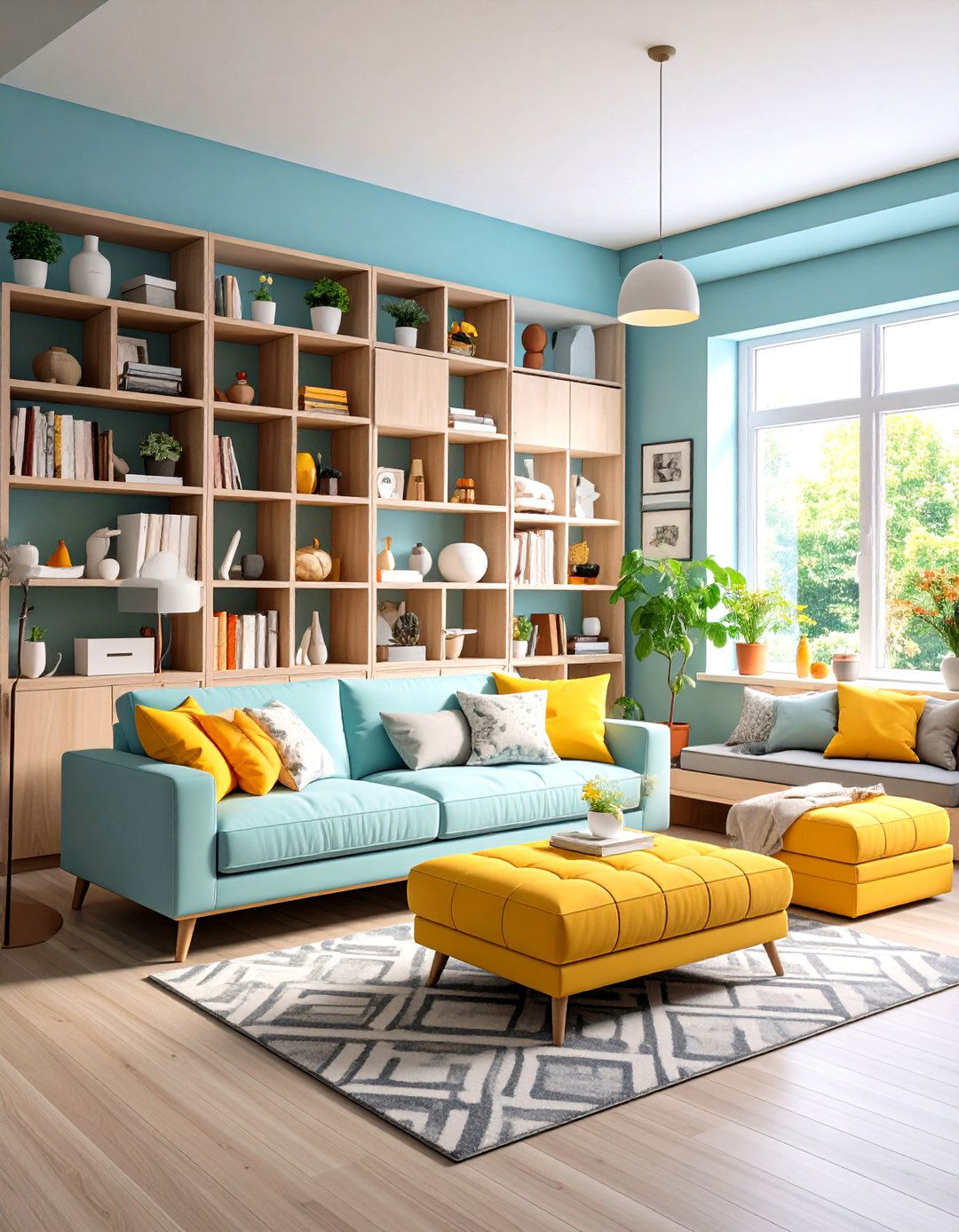
Maximize your home's storage potential with custom built-in solutions that seamlessly integrate into your minimalist design. This approach creates clean lines and uncluttered surfaces while providing ample space for belongings. Design floor-to-ceiling shelving units that blend with wall colors to create a cohesive look. Install built-in wardrobes with sliding doors that disappear into the wall when open. Create window seat storage benches that provide seating and hidden storage. Design under-stair storage solutions that utilize typically wasted space. The key is ensuring all storage solutions have clean lines and minimal hardware. Choose materials that match your existing finishes for a seamless integration. This approach works particularly well in smaller homes where maximizing space is essential. The result is a home that feels open and organized while accommodating all necessary belongings without visual clutter.
10. Minimalist Natural Texture Integration
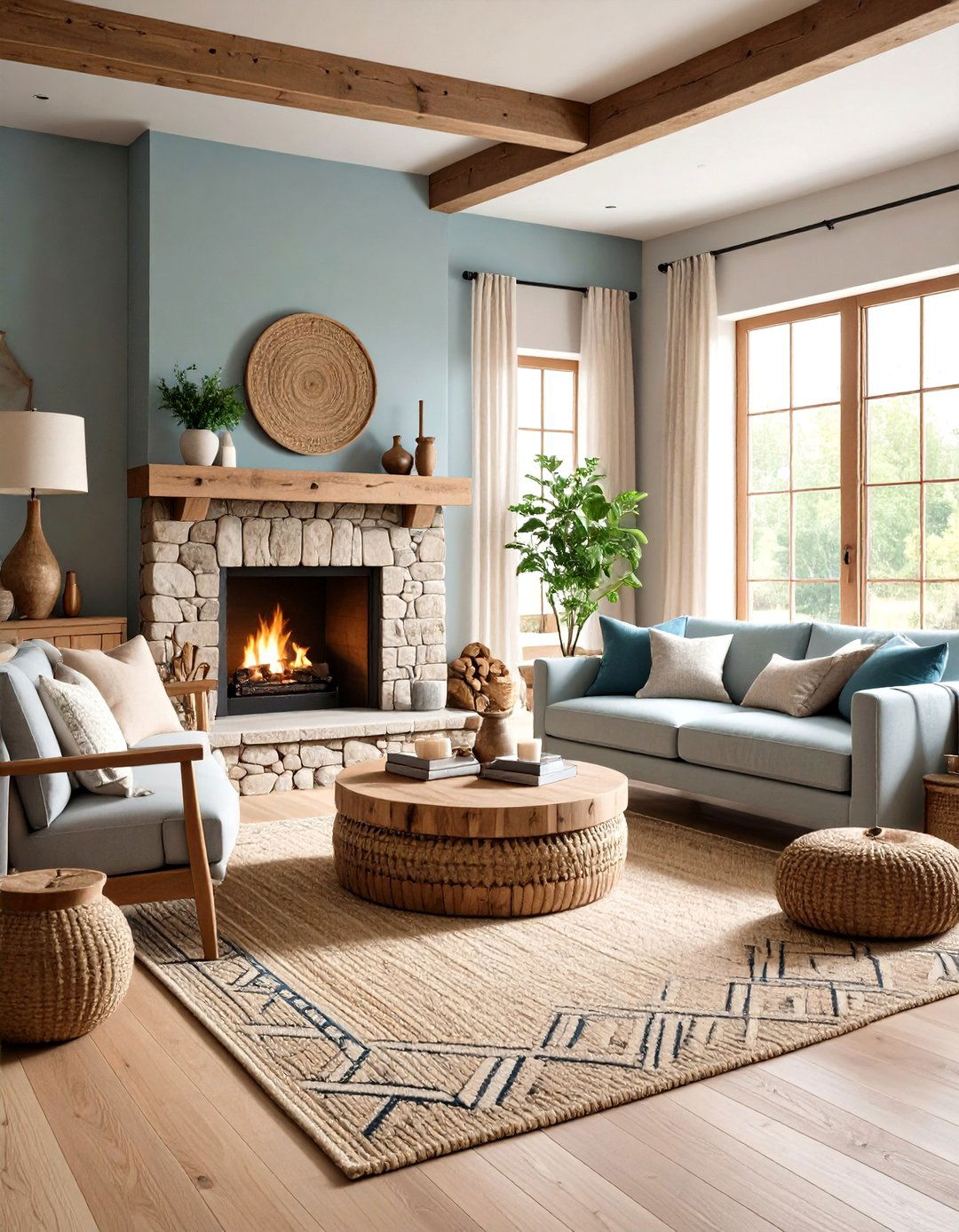
Add warmth and interest to minimalist spaces through the thoughtful integration of natural textures that enhance the tactile experience. This approach emphasizes the importance of touch and visual texture in creating inviting environments. Incorporate raw wood elements through furniture, ceiling beams, or accent walls. Add stone features like fireplaces, accent walls, or decorative objects. Use natural fiber textiles including jute rugs, linen curtains, and wool throws. Choose furniture with interesting grain patterns or natural imperfections that add character. The color palette should remain neutral while allowing the natural beauty of these materials to shine through. Layer different textures to create depth and visual interest without adding clutter. This approach works particularly well in living rooms and bedrooms where comfort and warmth are priorities while maintaining the clean aesthetic of minimalist design.
11. Minimalist Home Office Workspace
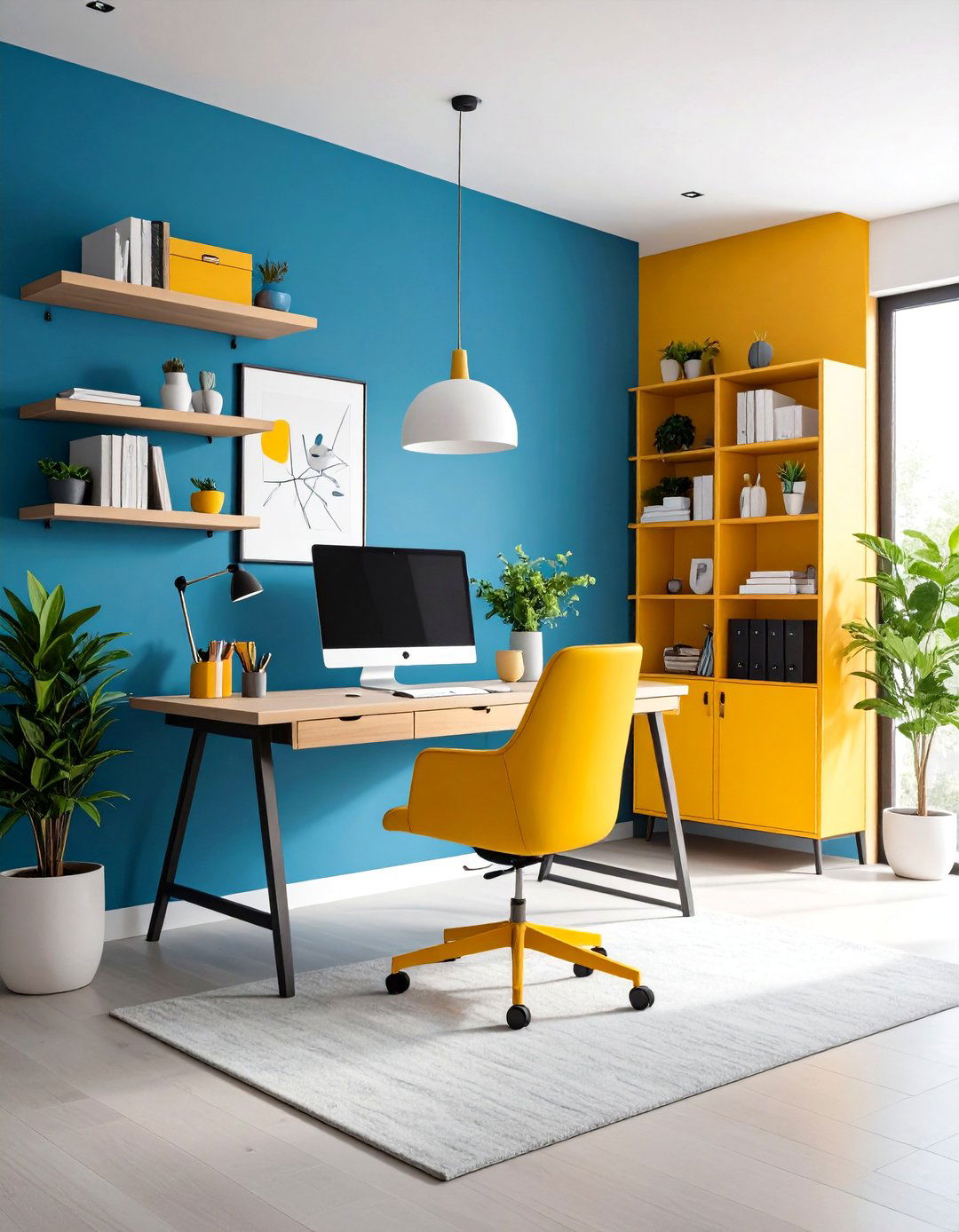
Create a productive and inspiring home office using minimalist principles that promote focus and creativity. This approach emphasizes clean lines, organized storage, and natural light to create an environment conducive to work. Choose a simple desk with clean lines and minimal ornamentation, paired with an ergonomic chair that doesn't visually overwhelm the space. Incorporate built-in or floating shelves for storage while keeping surfaces clear. Add a single piece of artwork or a small plant for inspiration without creating visual clutter. The color palette should be neutral and calming, with whites, grays, or natural wood tones. Ensure adequate lighting with a combination of natural light and task lighting. Cable management is crucial to maintain the clean aesthetic. This approach creates a workspace that feels both professional and peaceful, supporting productivity while maintaining the minimalist philosophy of simplicity and functionality.
12. Minimalist Open Floor Plan Design
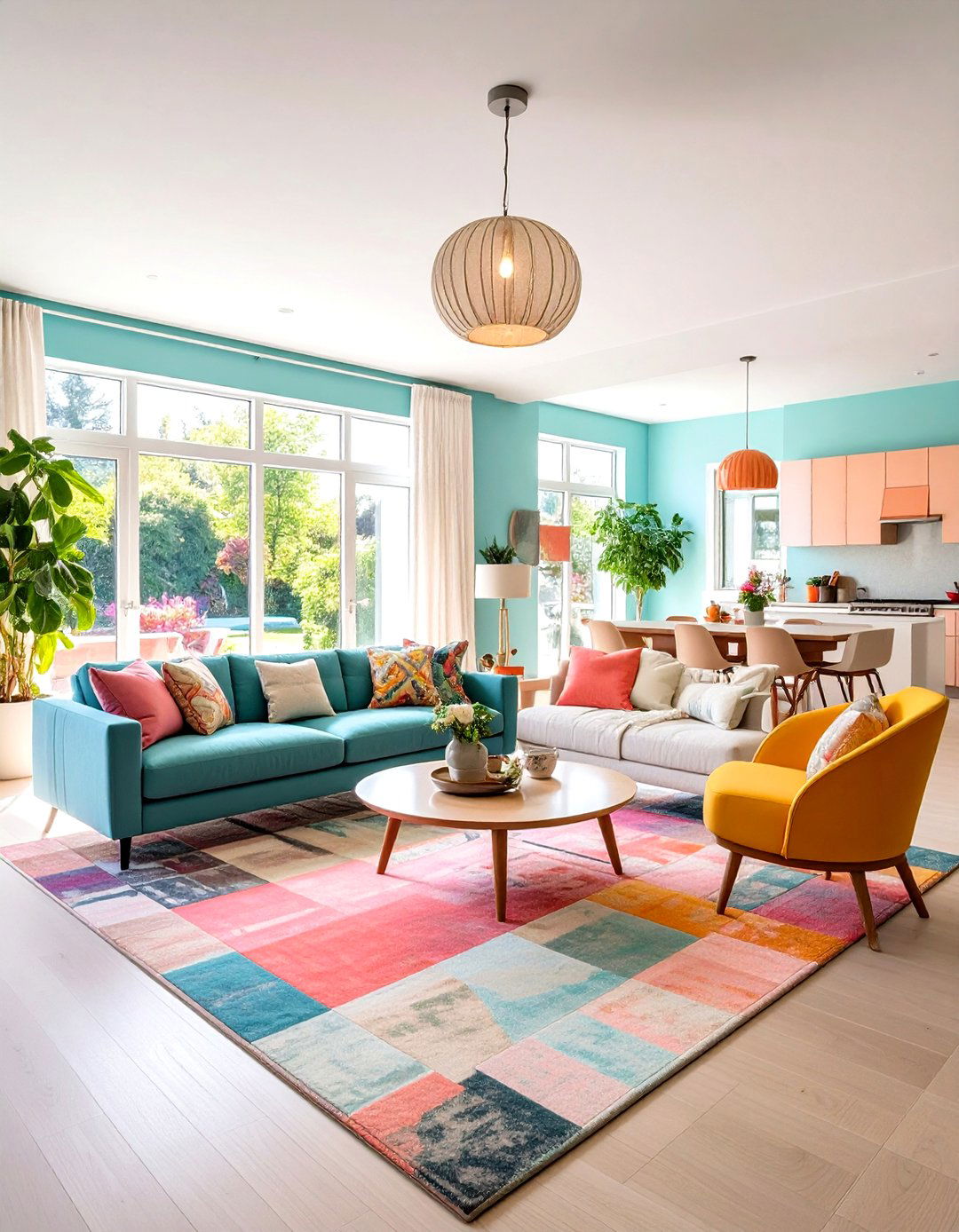
Embrace the beauty of open living through minimalist design principles that create seamless flow between spaces. This approach emphasizes the importance of sight lines, natural light, and cohesive design elements that unify different areas. Use a consistent color palette throughout the space to create visual continuity. Choose furniture with similar design aesthetics and materials to maintain harmony. Define different areas through the strategic placement of rugs, lighting, or furniture arrangements rather than physical barriers. The key is maintaining clean lines and uncluttered surfaces while ensuring each area serves its intended function. Add plants or artwork to create focal points without disrupting the flow. This approach works particularly well in smaller homes where maximizing the sense of space is important. The result is a home that feels larger and more connected while maintaining the peaceful atmosphere that defines minimalist design.
13. Minimalist Neutral Palette Bedroom

Design a restful bedroom retreat using a carefully curated neutral palette that promotes relaxation and tranquility. This approach emphasizes the calming effects of soft, muted colors that create a serene environment for sleep. Choose a base of warm whites or soft grays for walls and bedding, then add depth through varying shades of beige, taupe, and cream. Select furniture in natural wood tones or white finishes that complement the overall palette. Add texture through linen bedding, wool throws, and natural fiber rugs. Keep window treatments simple with light-filtering curtains or shades. The key is creating subtle contrast through texture and tone rather than bold colors. Add a single piece of artwork or a carefully placed plant to provide a focal point. This approach creates a bedroom that feels like a peaceful sanctuary, supporting restful sleep while maintaining the clean aesthetic of minimalist design.
14. Minimalist Clean-Lined Furniture Selection
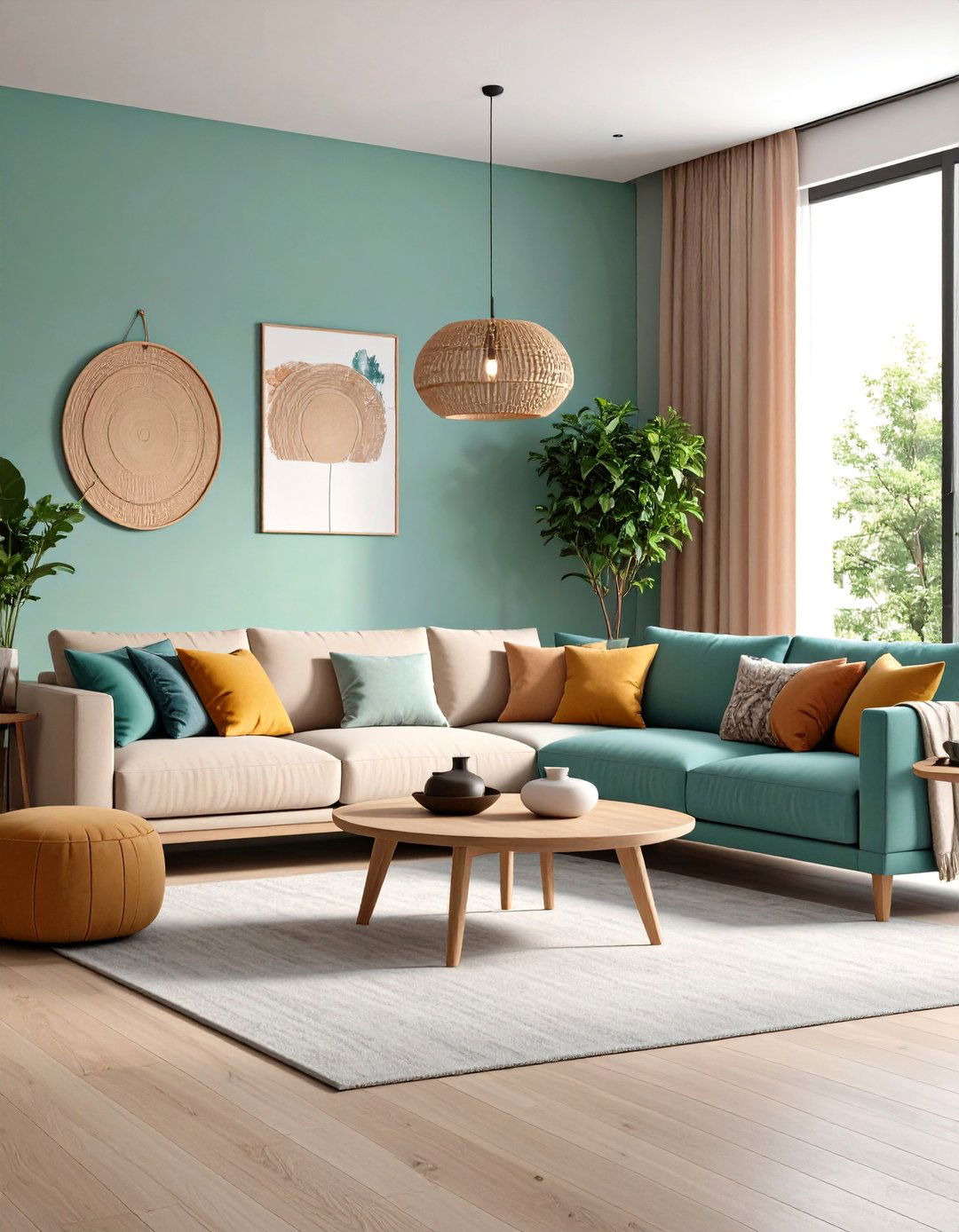
Curate your living space with furniture pieces that embody minimalist principles through clean lines and simple geometric forms. This approach emphasizes the importance of selecting pieces that serve their function without unnecessary ornamentation. Choose sofas with straight lines and minimal detailing, paired with simple coffee tables and side tables. Select dining tables with clean surfaces and minimal hardware. Invest in storage pieces that blend seamlessly with the overall design. The key is ensuring each piece has a purpose and contributes to the overall aesthetic without competing for attention. Materials should be high-quality and durable, supporting the minimalist philosophy of buying fewer, better pieces. Colors should remain neutral to maintain visual harmony. This approach creates a cohesive environment where each piece complements the others while maintaining the clean, uncluttered aesthetic that defines minimalist design.
15. Minimalist Organized Storage Systems

Implement storage solutions that maintain the clean aesthetic of minimalist design while providing practical organization for daily life. This approach emphasizes the importance of having a place for everything while keeping belongings out of sight. Choose closed storage options like cabinets, drawers, and boxes that conceal clutter. Use drawer organizers and shelf dividers to maximize space efficiency. Select storage pieces that complement your overall design scheme in terms of color and material. The key is creating systems that are both functional and visually appealing. Label storage areas clearly but discretely to maintain organization. This approach works in every room of the home, from kitchen pantries to bedroom closets. The result is a home that feels calm and organized while accommodating all necessary belongings without visual clutter. Regular decluttering is essential to maintain these systems and support the minimalist lifestyle.
16. Minimalist Spa-Like Bathroom Retreat
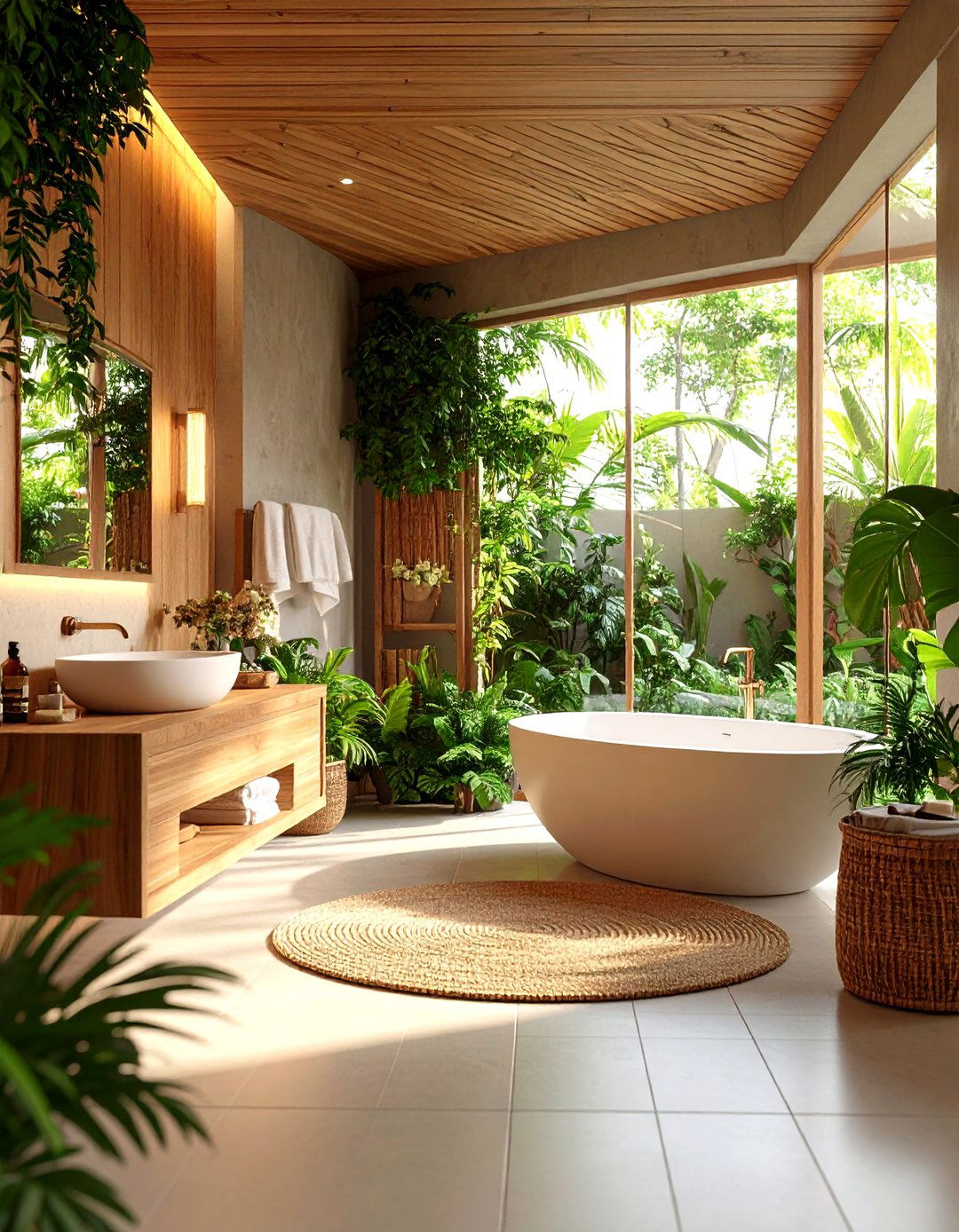
Transform your bathroom into a tranquil spa-like retreat using minimalist design principles that promote relaxation and self-care. This approach emphasizes natural materials, calming colors, and uncluttered surfaces that create a peaceful environment. Choose a neutral color palette of whites, soft grays, and natural stone tones. Incorporate natural materials like bamboo, teak, or stone for warmth and texture. Select simple, geometric fixtures and hardware that complement the overall design. Add plants or natural elements to create a connection with nature. Keep surfaces clear of unnecessary items, storing toiletries in concealed cabinets or drawers. The lighting should be soft and adjustable to create the right ambiance. Add a single piece of artwork or a beautiful mirror to provide visual interest. This approach creates a bathroom that feels like a luxury spa while maintaining the clean, uncluttered aesthetic of minimalist design.
17. Minimalist Scandinavian-Inspired Spaces
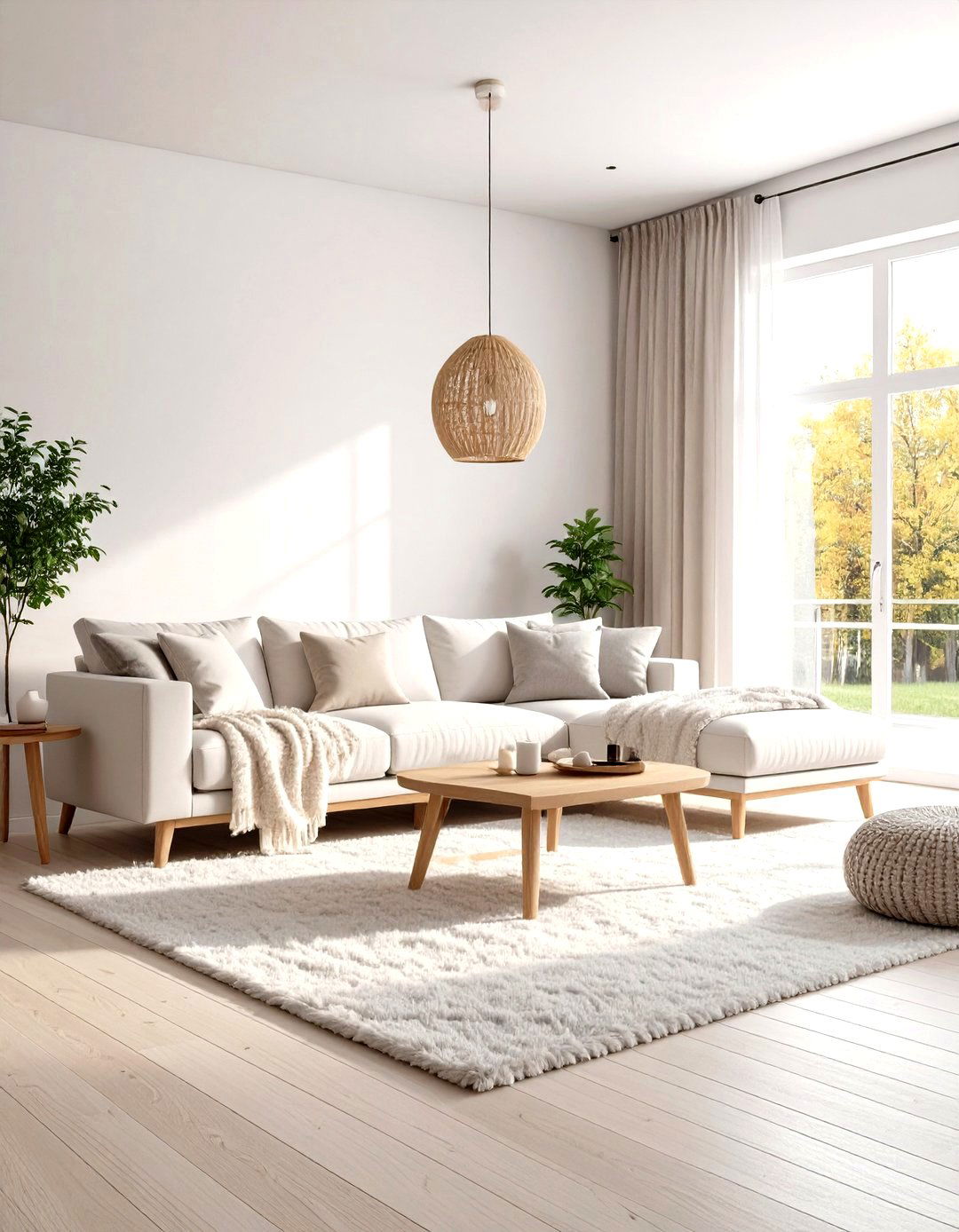
Create warm and inviting spaces using Scandinavian design principles that emphasize hygge and comfort within a minimalist framework. This approach combines the clean lines of minimalism with the cozy warmth of Nordic design. Choose a palette of whites, light grays, and natural wood tones that reflect the beauty of Scandinavian landscapes. Incorporate natural materials like blonde wood, sheepskin, and linen for texture and warmth. Select furniture with simple, functional designs that prioritize comfort and quality. Add soft lighting through candles, table lamps, and pendant lights that create a cozy atmosphere. The key is balancing minimalism with elements that make spaces feel lived-in and comfortable. Include plants, books, and carefully selected decorative objects that add personality without creating clutter. This approach creates spaces that feel both sophisticated and welcoming, supporting the Scandinavian concept of creating comfort and contentment in everyday life.
18. Minimalist Gallery Wall Arrangement

Create visual impact in minimalist spaces through carefully curated gallery walls that maintain clean design principles. This approach emphasizes the importance of negative space and intentional arrangement in creating focal points. Choose a limited color palette for frames and artwork to maintain visual harmony. Select pieces that share a common theme, size, or style to create cohesion. The key is balancing the number of pieces with adequate white space to prevent the arrangement from feeling cluttered. Consider using a single large piece as an alternative to multiple smaller pieces. Frame consistency is important for maintaining the minimalist aesthetic. Plan the arrangement carefully, considering the relationship between pieces and the wall space. This approach works particularly well in living rooms, bedrooms, and hallways where artwork can add personality without overwhelming the space. The result is a sophisticated display that enhances the minimalist design while providing visual interest.
19. Minimalist Biophilic Design Elements
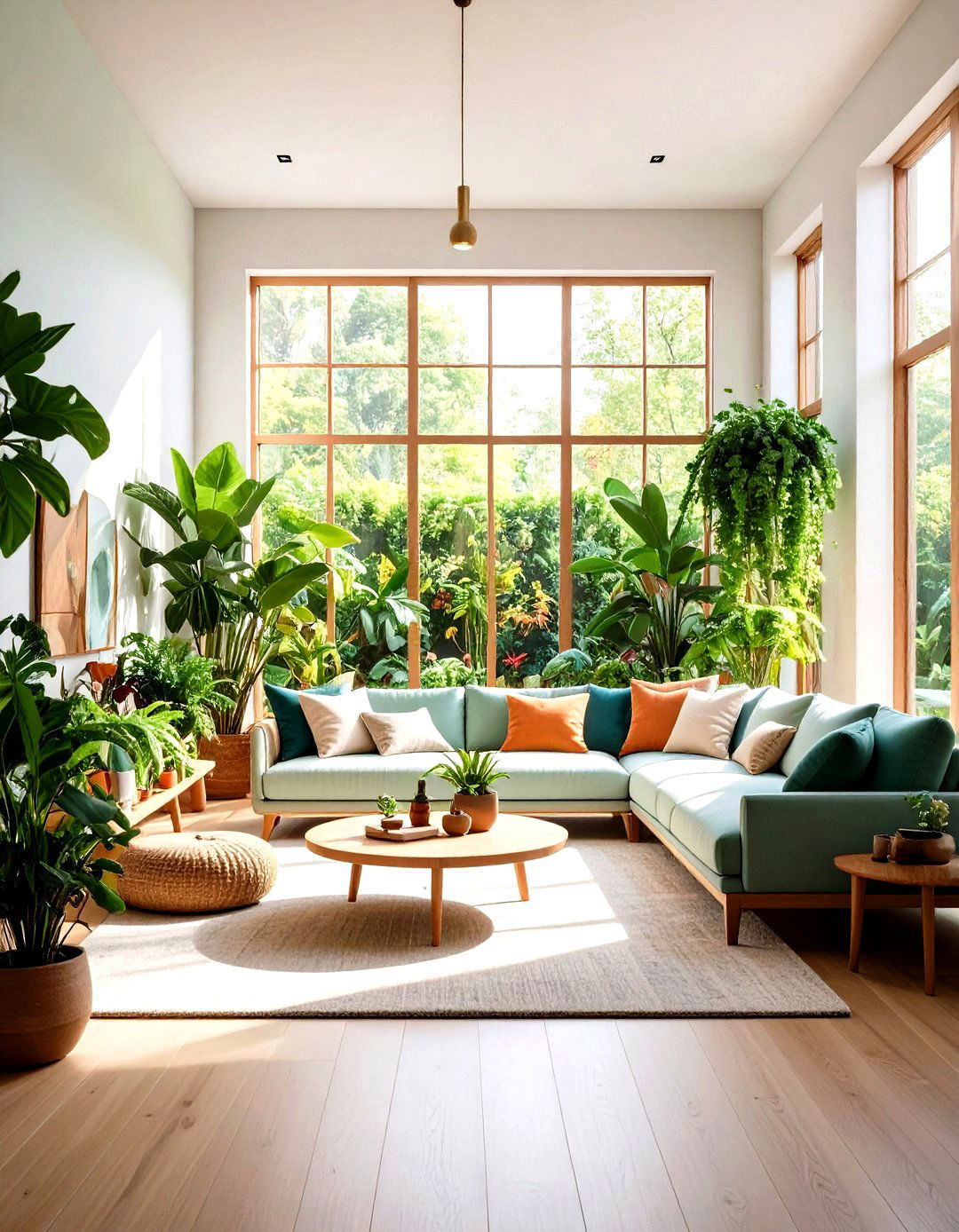
Integrate natural elements into minimalist spaces through biophilic design principles that connect interior environments with nature. This approach emphasizes the importance of natural light, plants, and organic materials in creating healthy, inspiring spaces. Choose plants that thrive in your specific lighting conditions and require minimal maintenance. Position them strategically to create focal points without cluttering surfaces. Incorporate natural materials like wood, stone, and water features to enhance the connection with nature. Maximize natural light through unobstructed windows and light-colored surfaces that reflect brightness. The key is selecting elements that support the overall minimalist aesthetic while bringing the calming effects of nature indoors. Choose planters and plant stands that complement your existing decor. This approach creates spaces that feel fresh and alive while maintaining the clean, uncluttered aesthetic of minimalist design and supporting overall well-being.
20. Minimalist Technology Integration
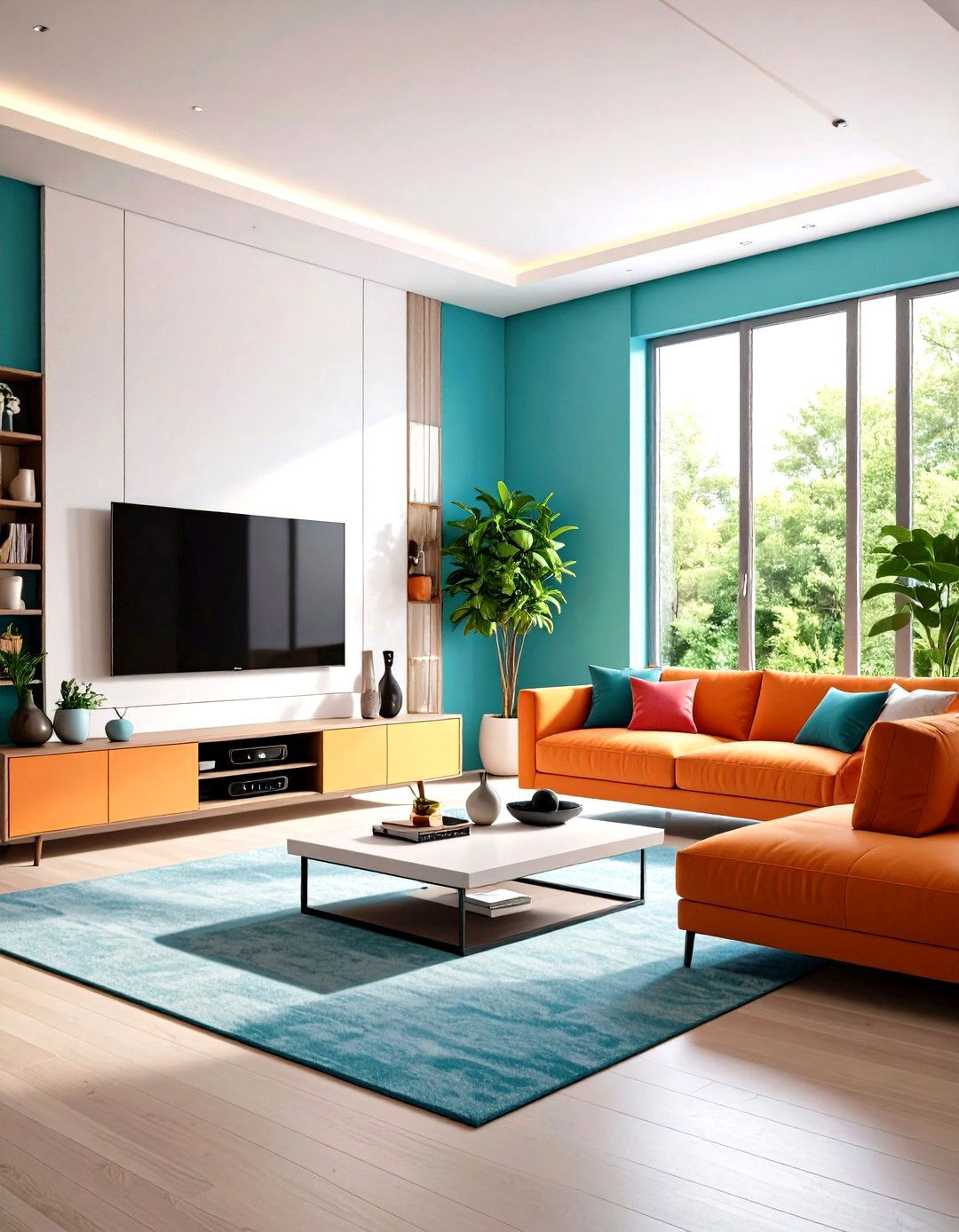
Seamlessly incorporate modern technology into minimalist spaces without compromising the clean aesthetic or functionality. This approach emphasizes the importance of hiding cords, choosing sleek devices, and creating dedicated spaces for technology. Select tech devices with minimalist designs in colors that complement your overall scheme. Use cable management solutions to keep cords hidden and organized. Choose wireless devices when possible to reduce visual clutter. Create dedicated charging stations that keep devices organized and easily accessible. The key is ensuring technology enhances rather than detracts from the minimalist environment. Consider built-in solutions for televisions, speakers, and other devices. Select smart home features that integrate seamlessly with your design. This approach creates a modern, functional home that supports contemporary living while maintaining the peaceful, uncluttered aesthetic that defines minimalist design. The result is a space that feels both current and timeless.
Conclusion:
Minimalist decorating offers a path to creating homes that are both beautiful and functional, supporting modern lifestyles while promoting tranquility and well-being. These twenty ideas demonstrate that minimalism doesn't mean sacrificing comfort or personality, but rather making intentional choices that enhance daily living. By focusing on quality over quantity, natural materials, and thoughtful design, you can create spaces that feel both sophisticated and welcoming while remaining true to minimalist principles.


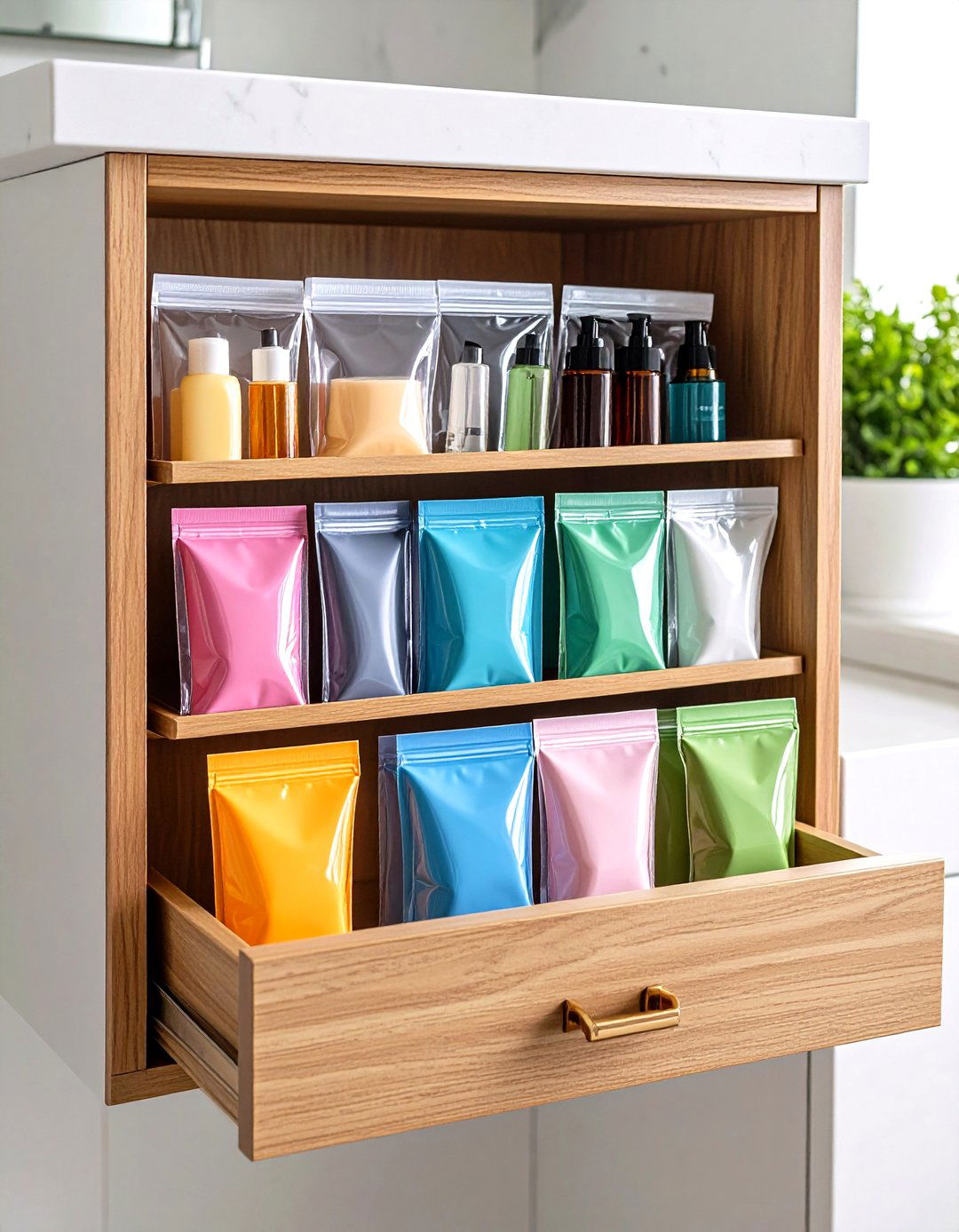

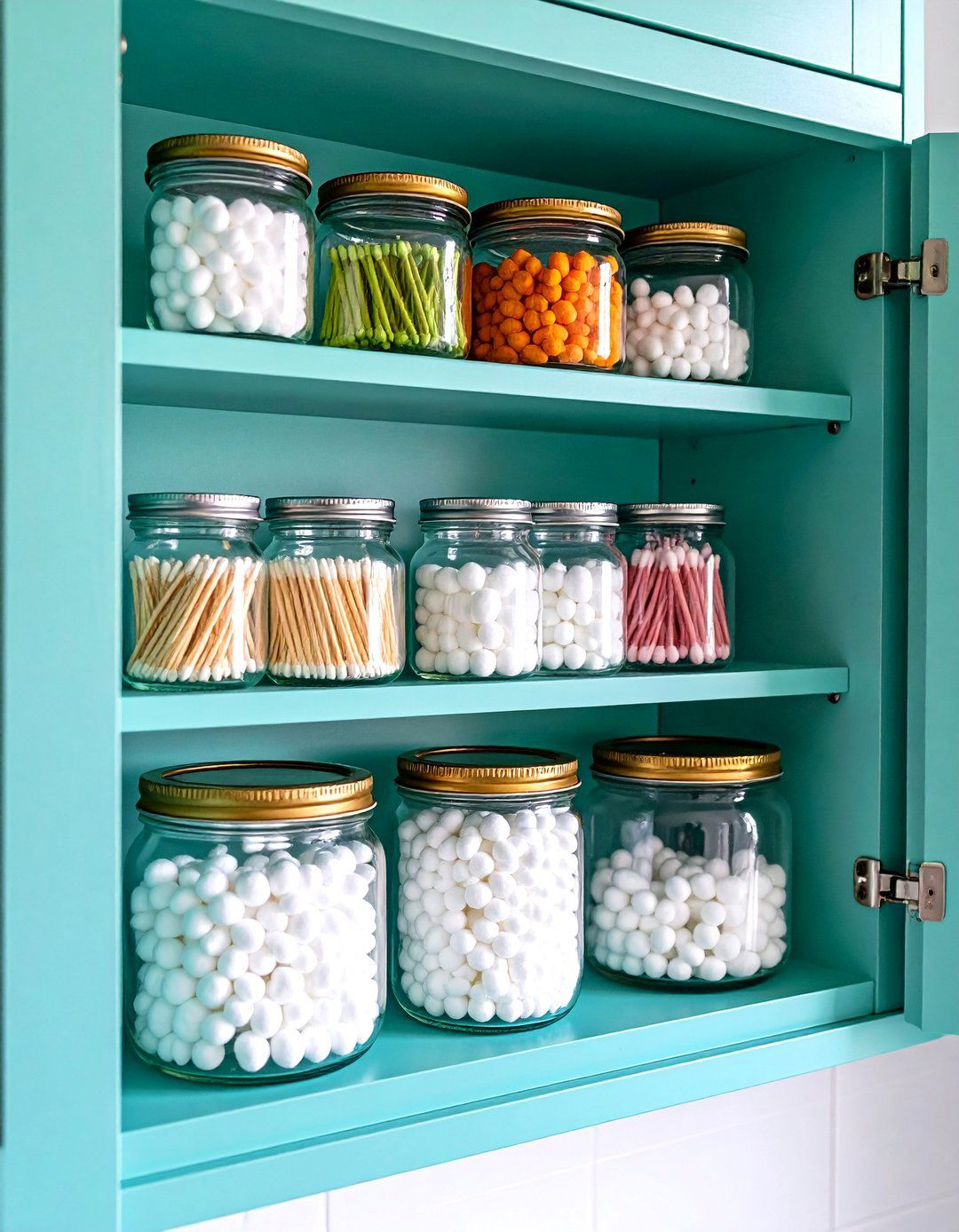
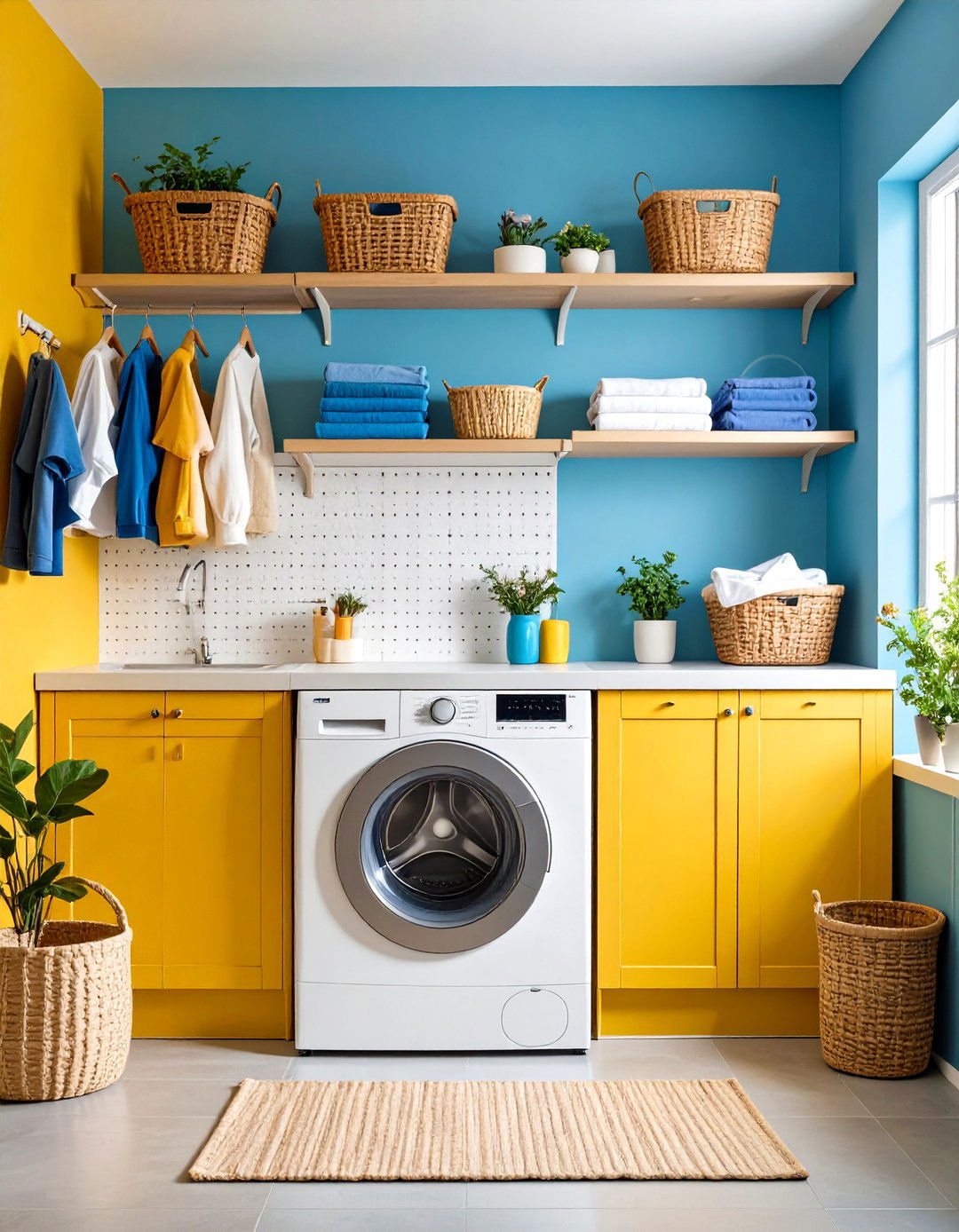

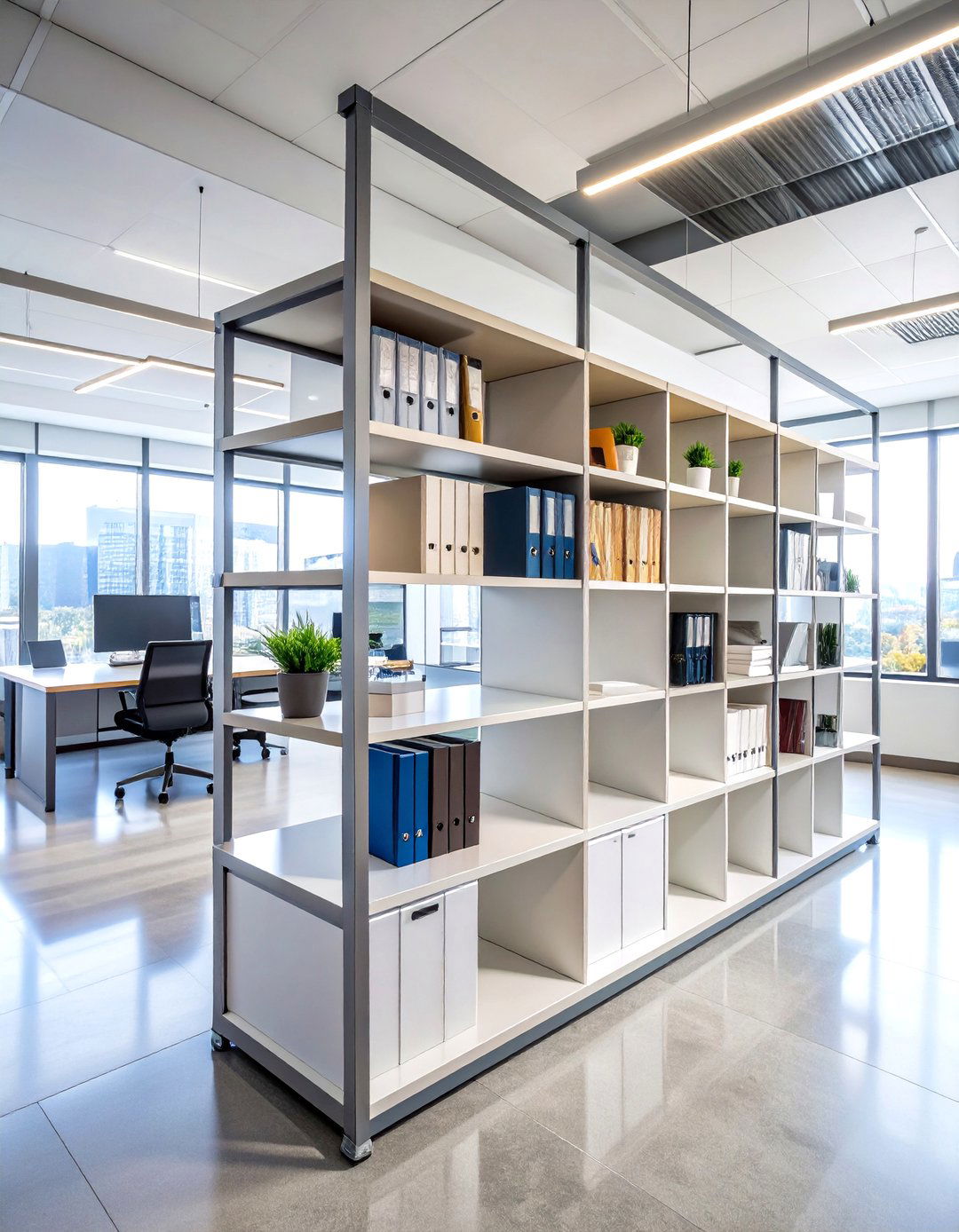
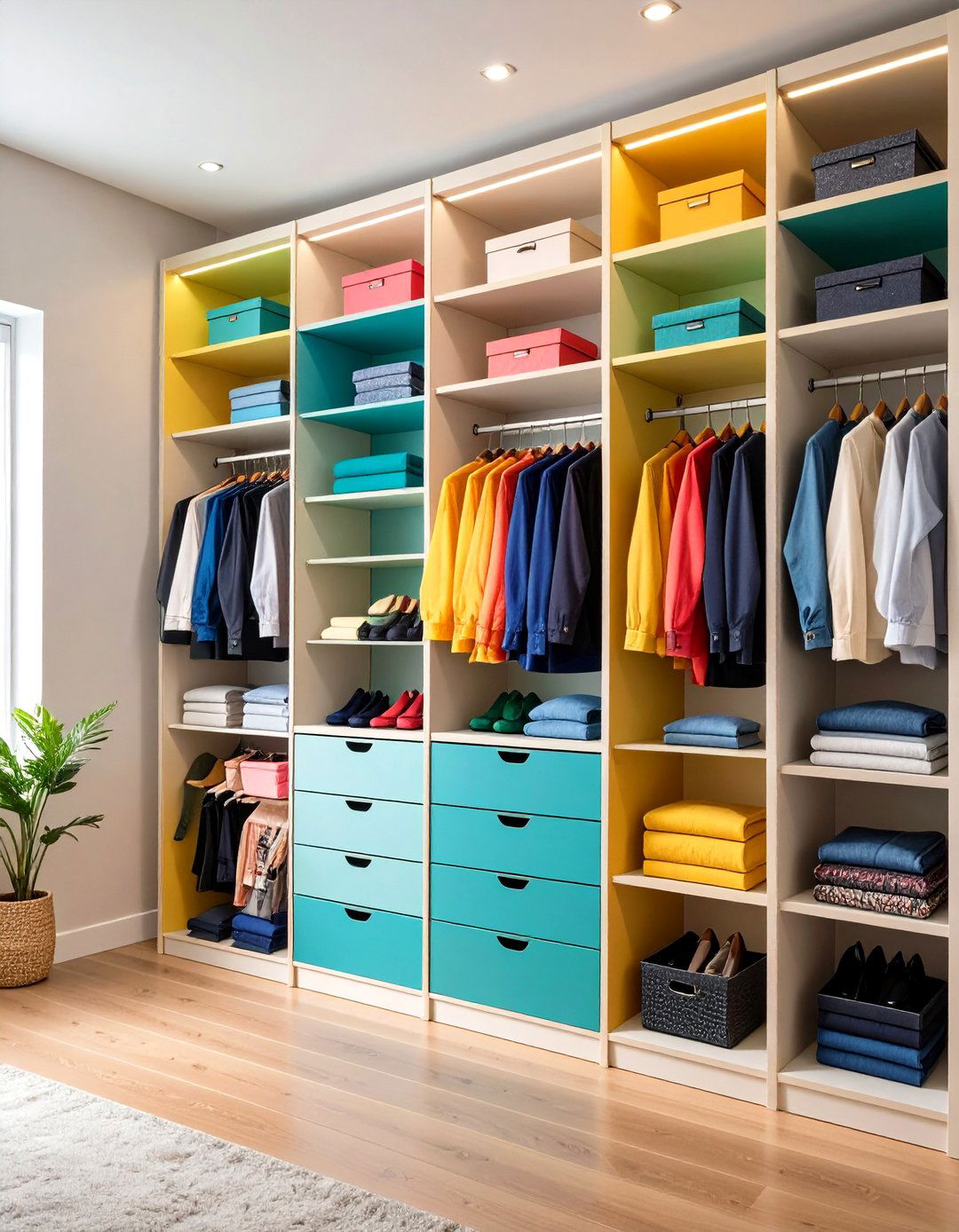
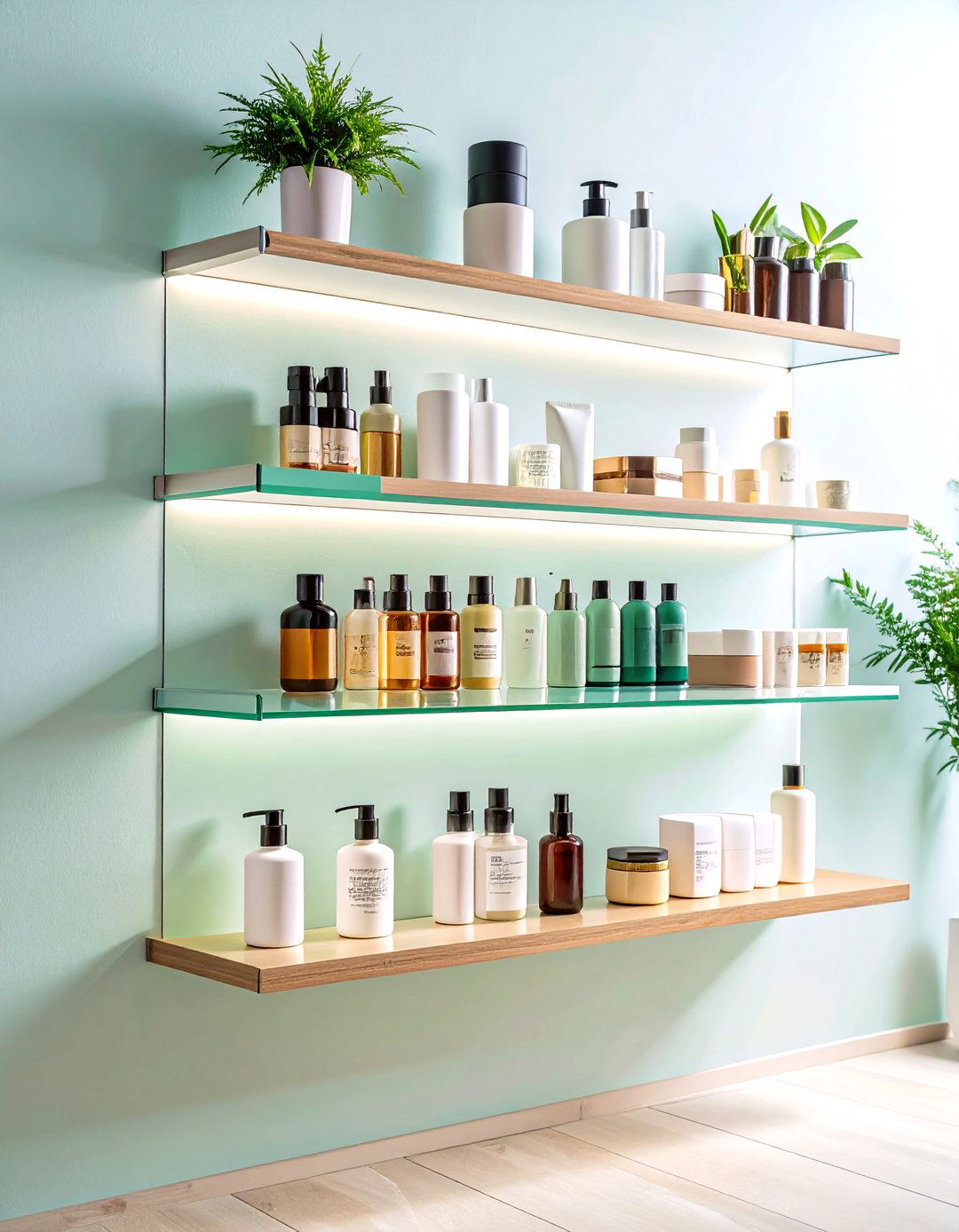

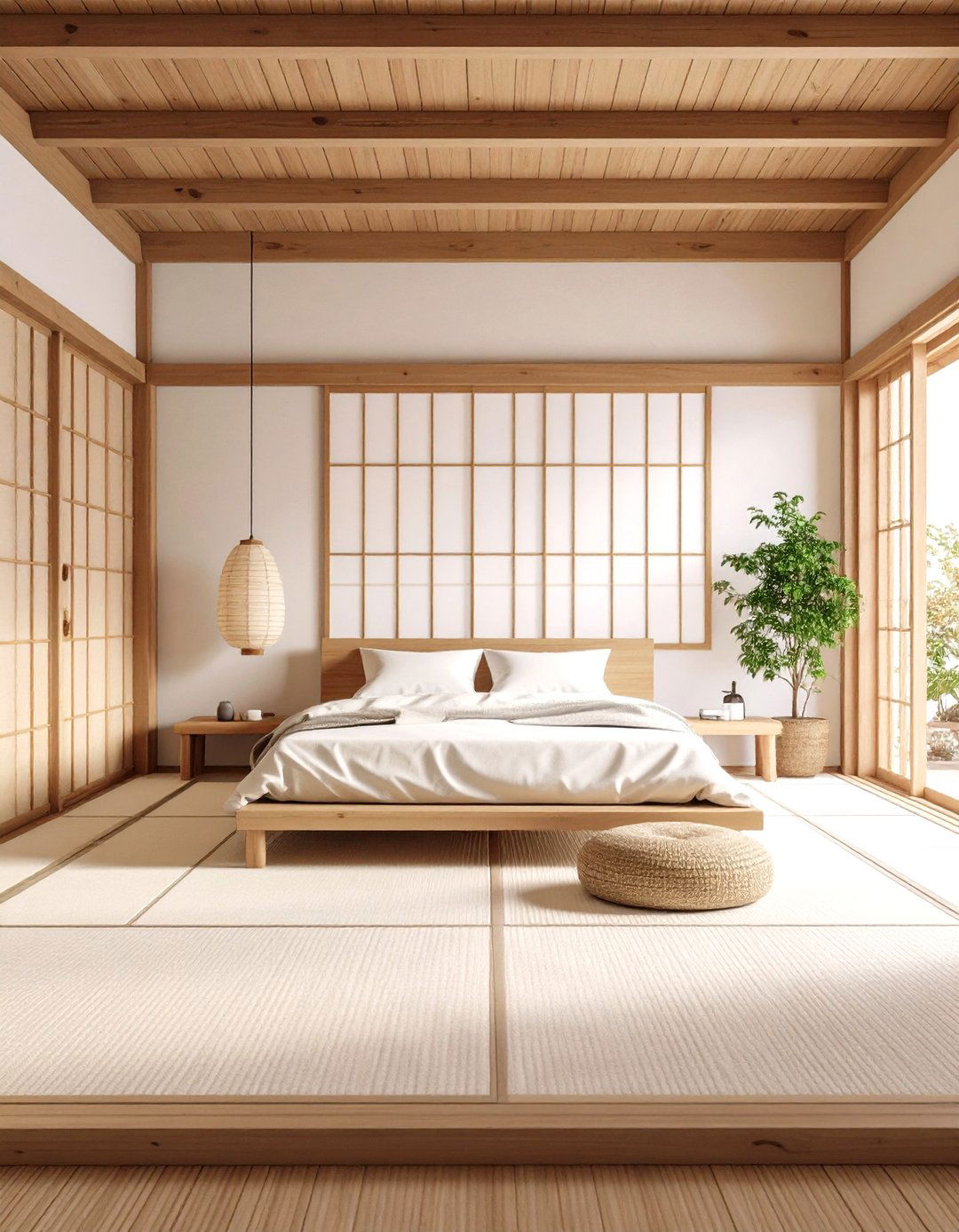
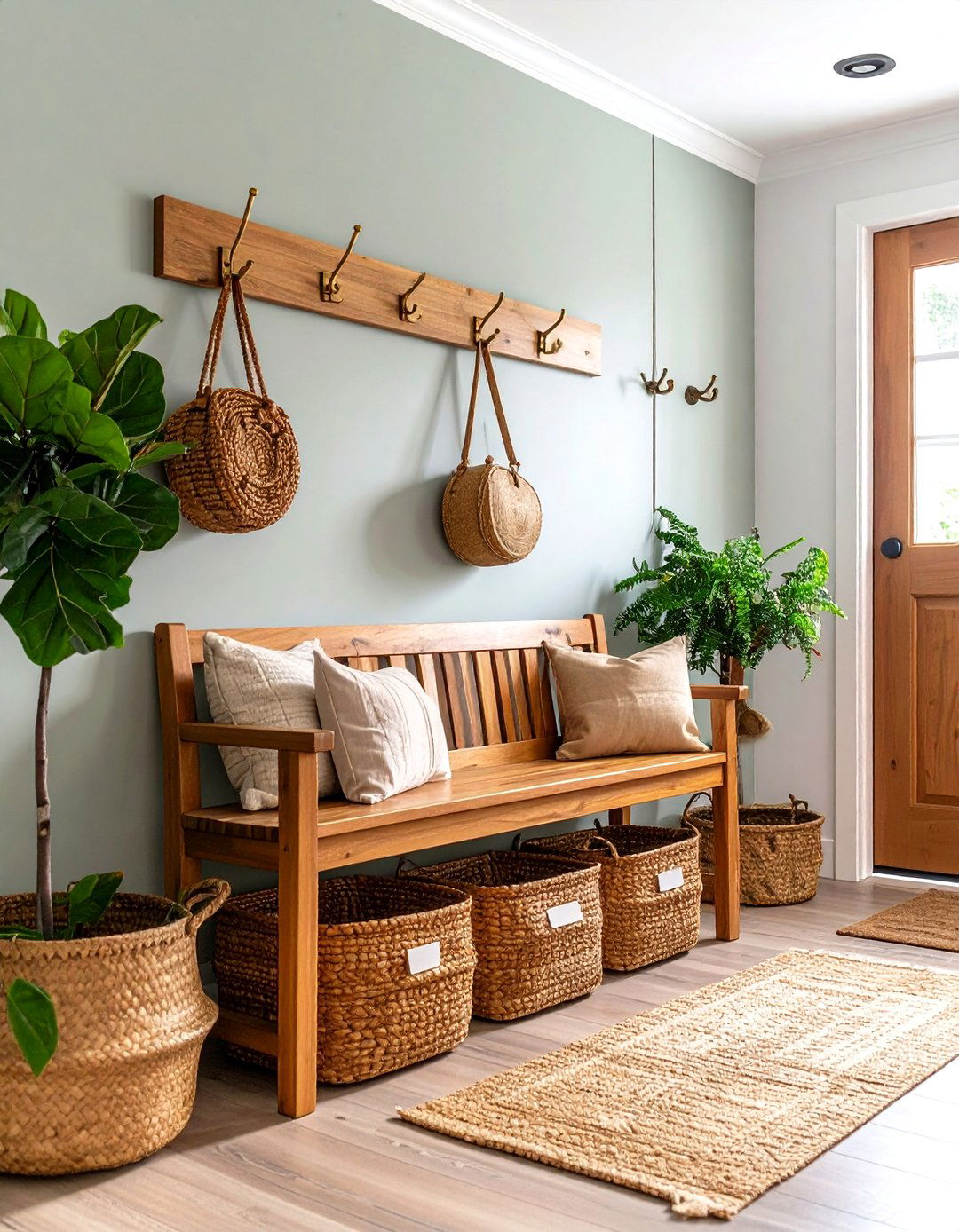

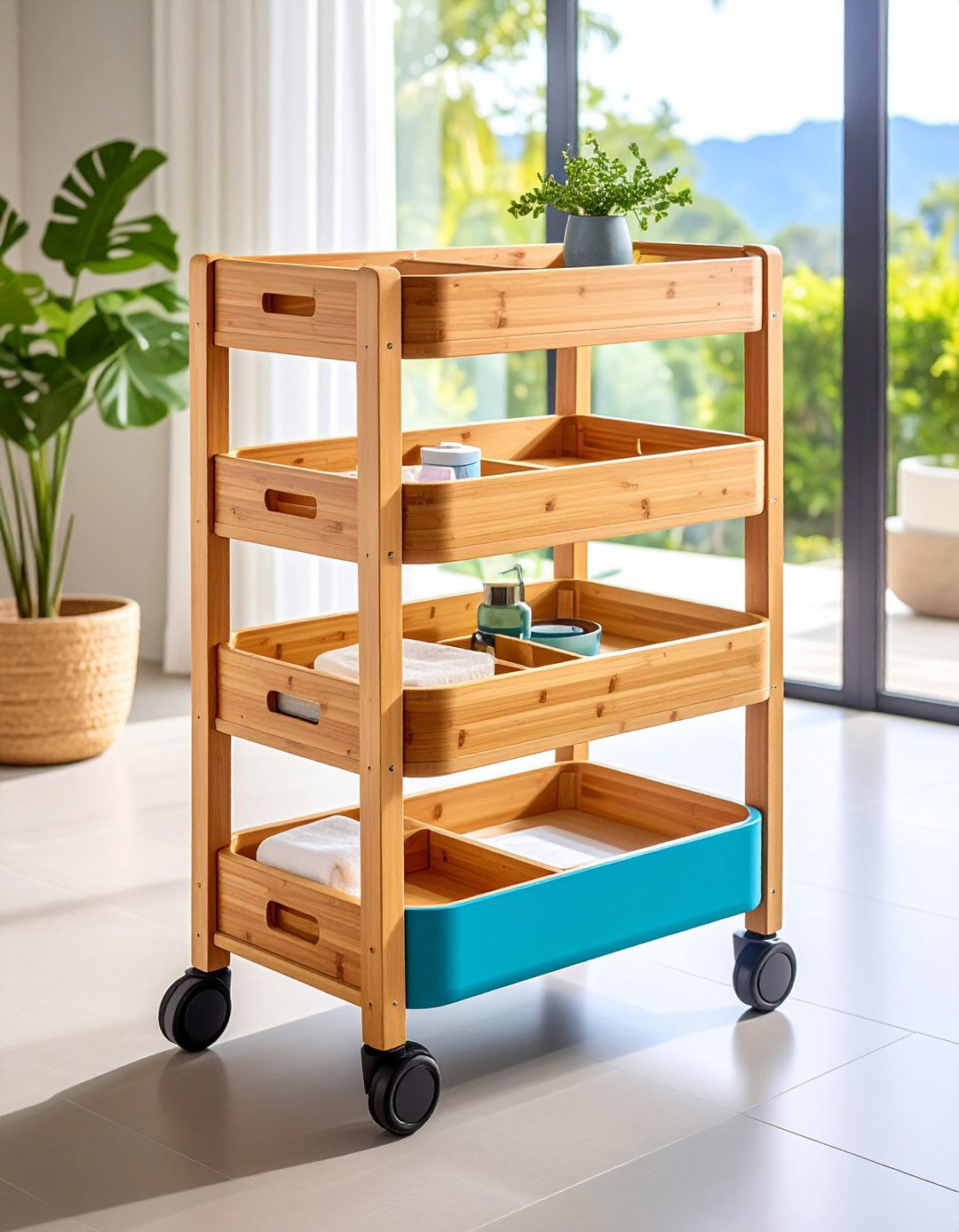
Leave a Reply